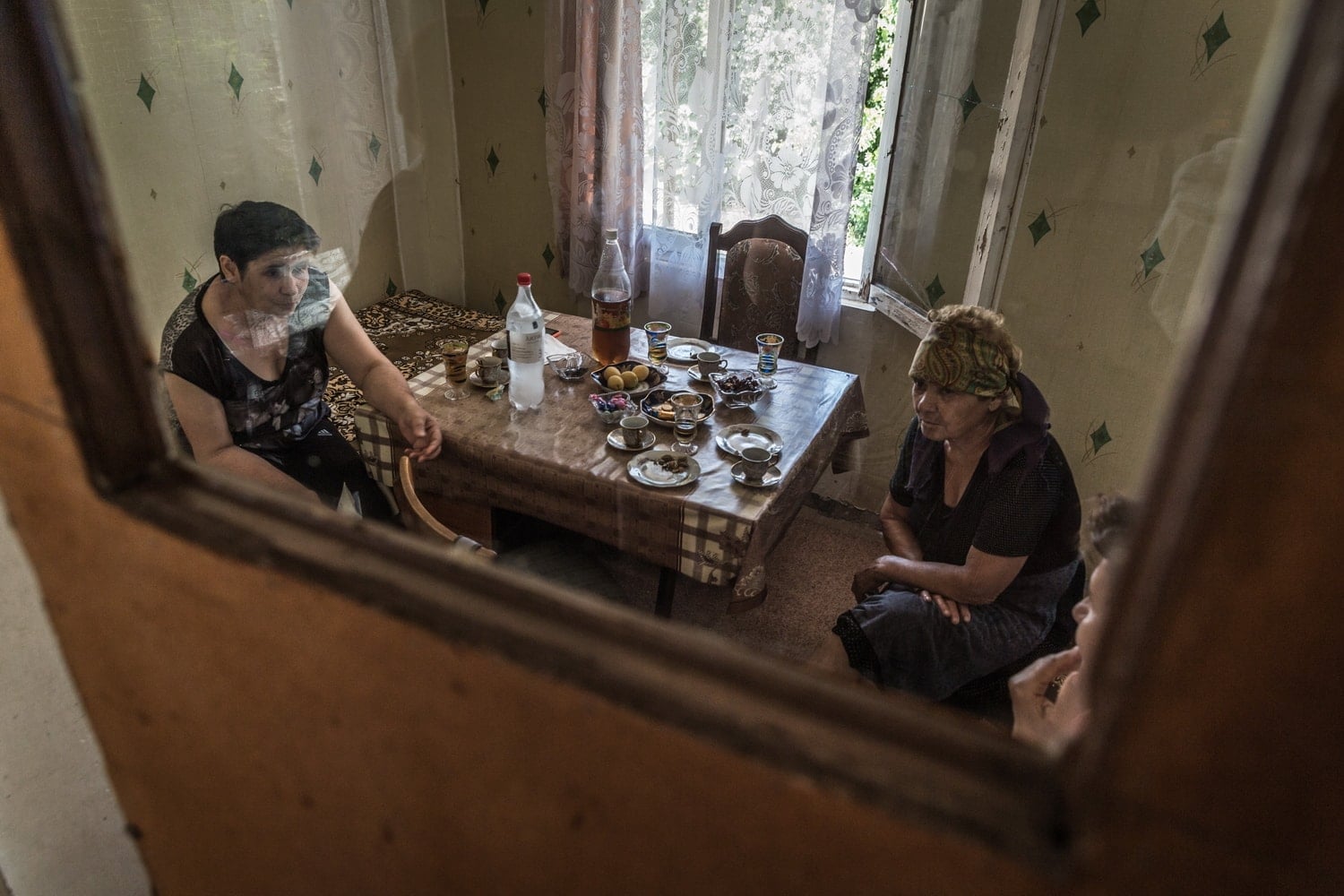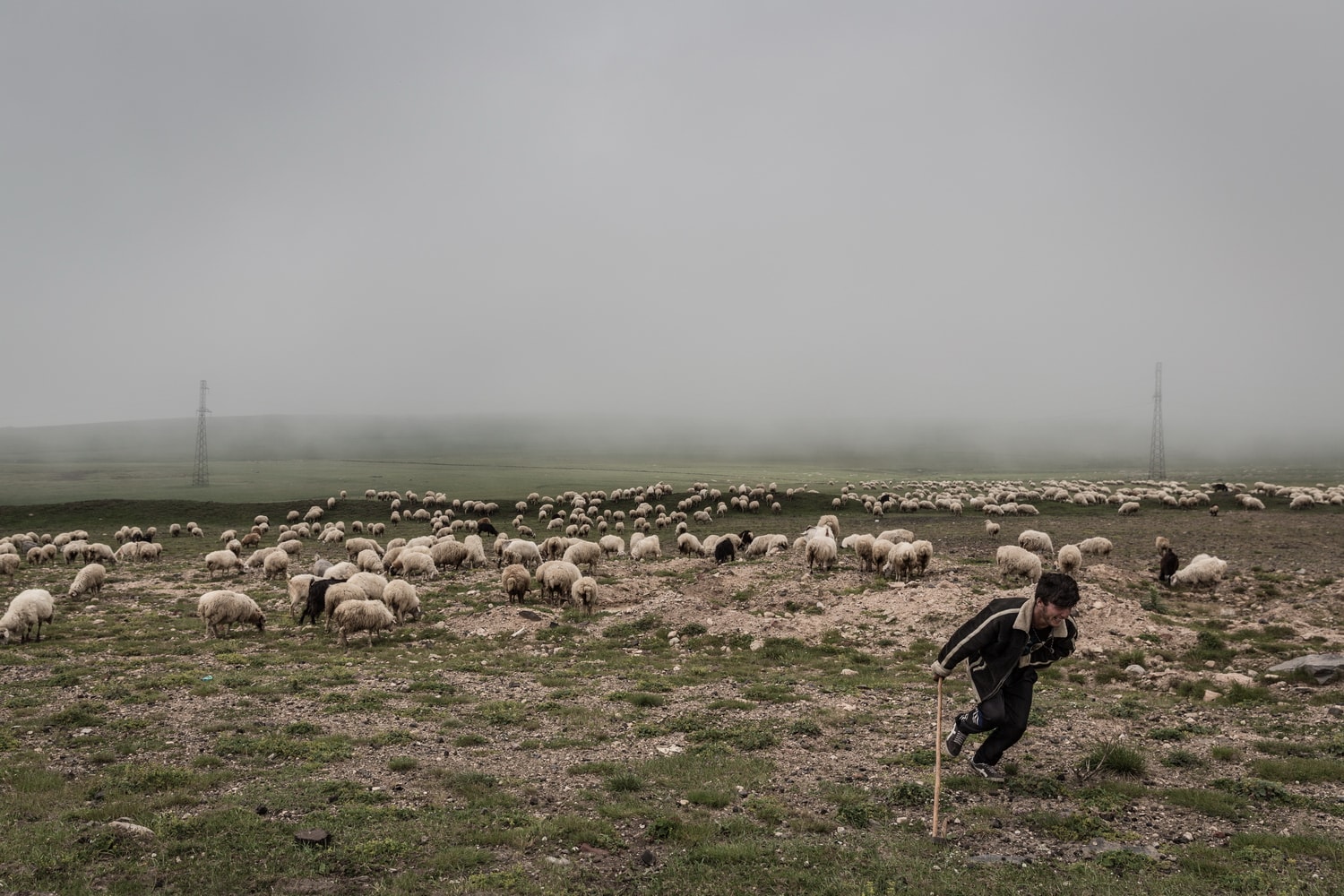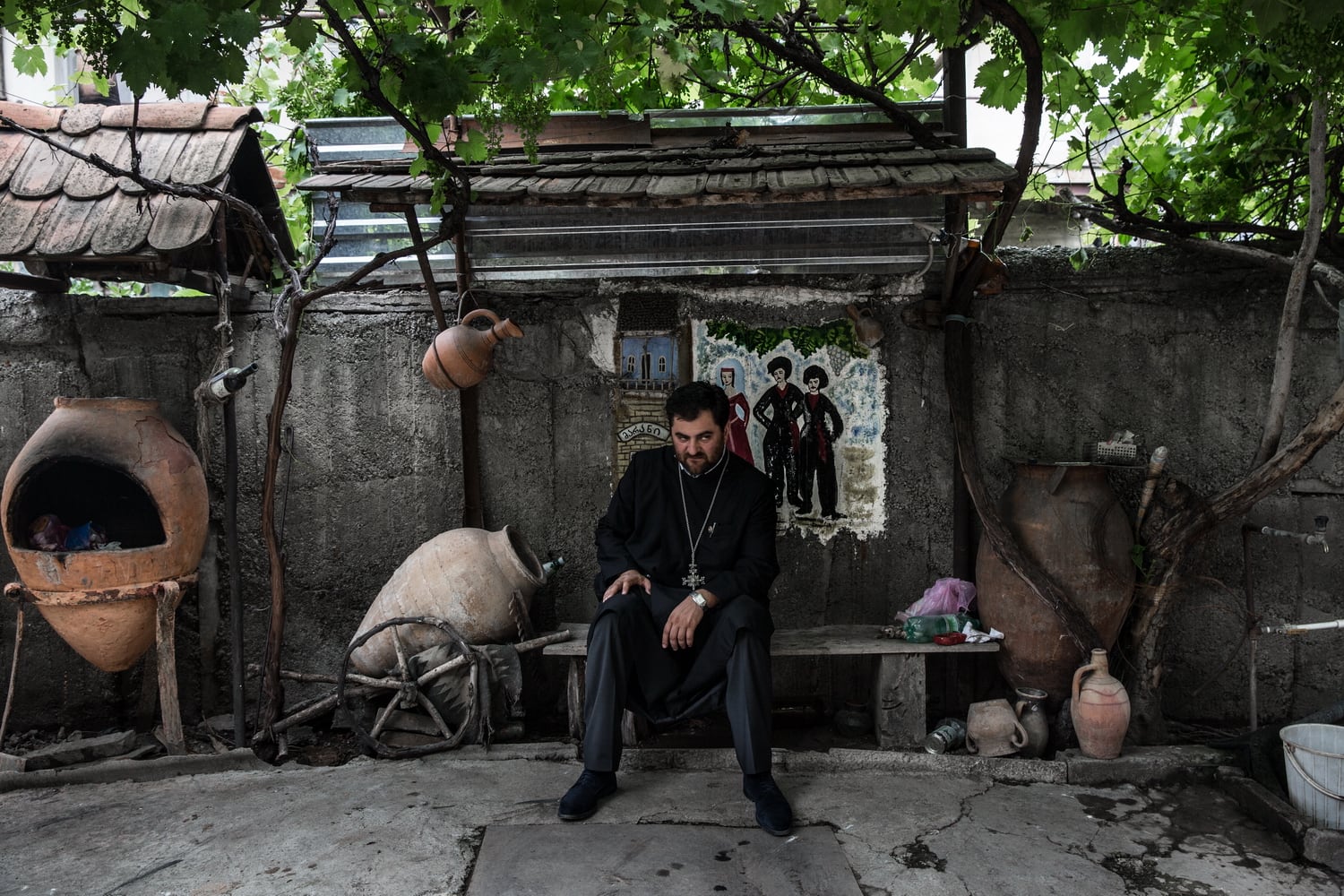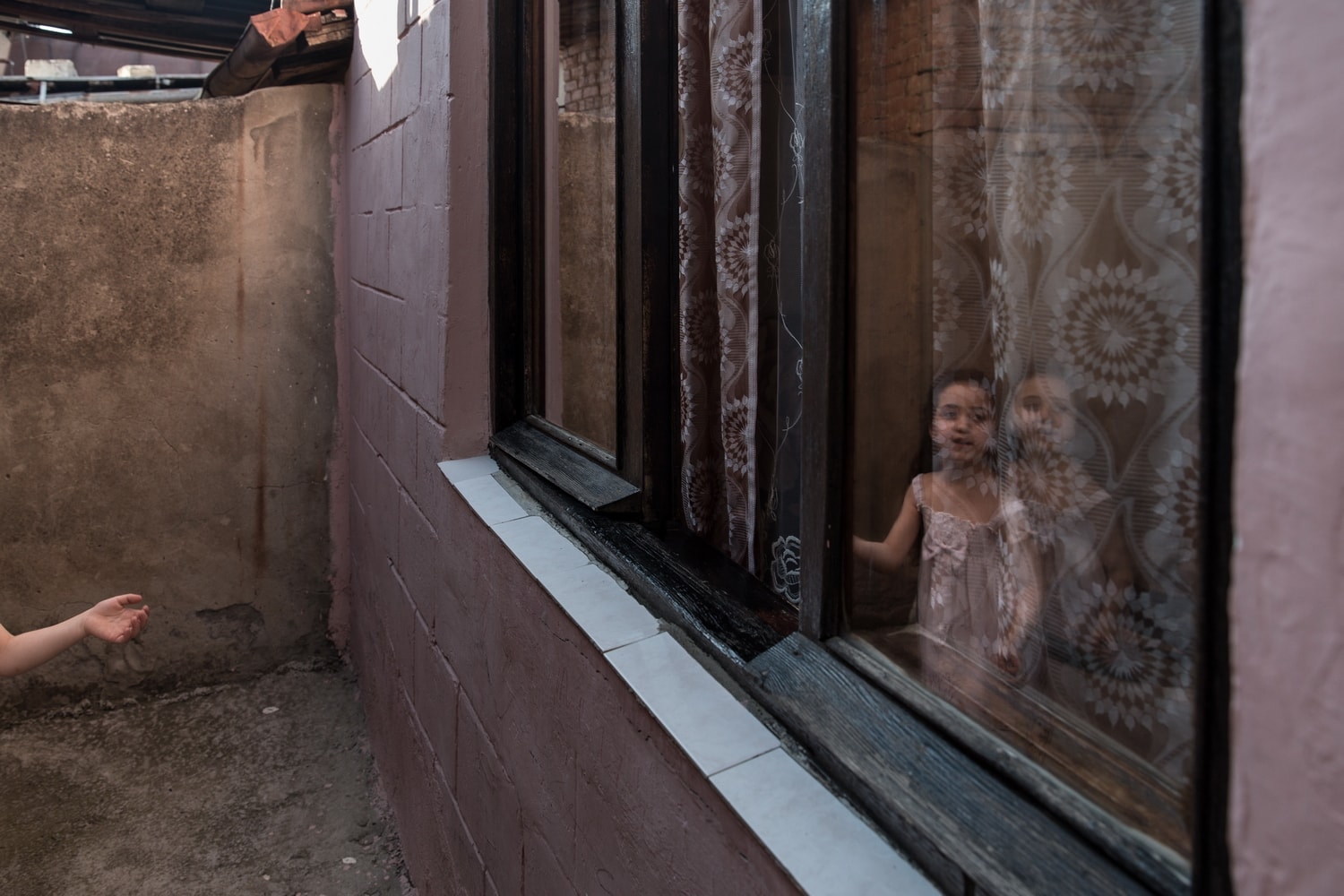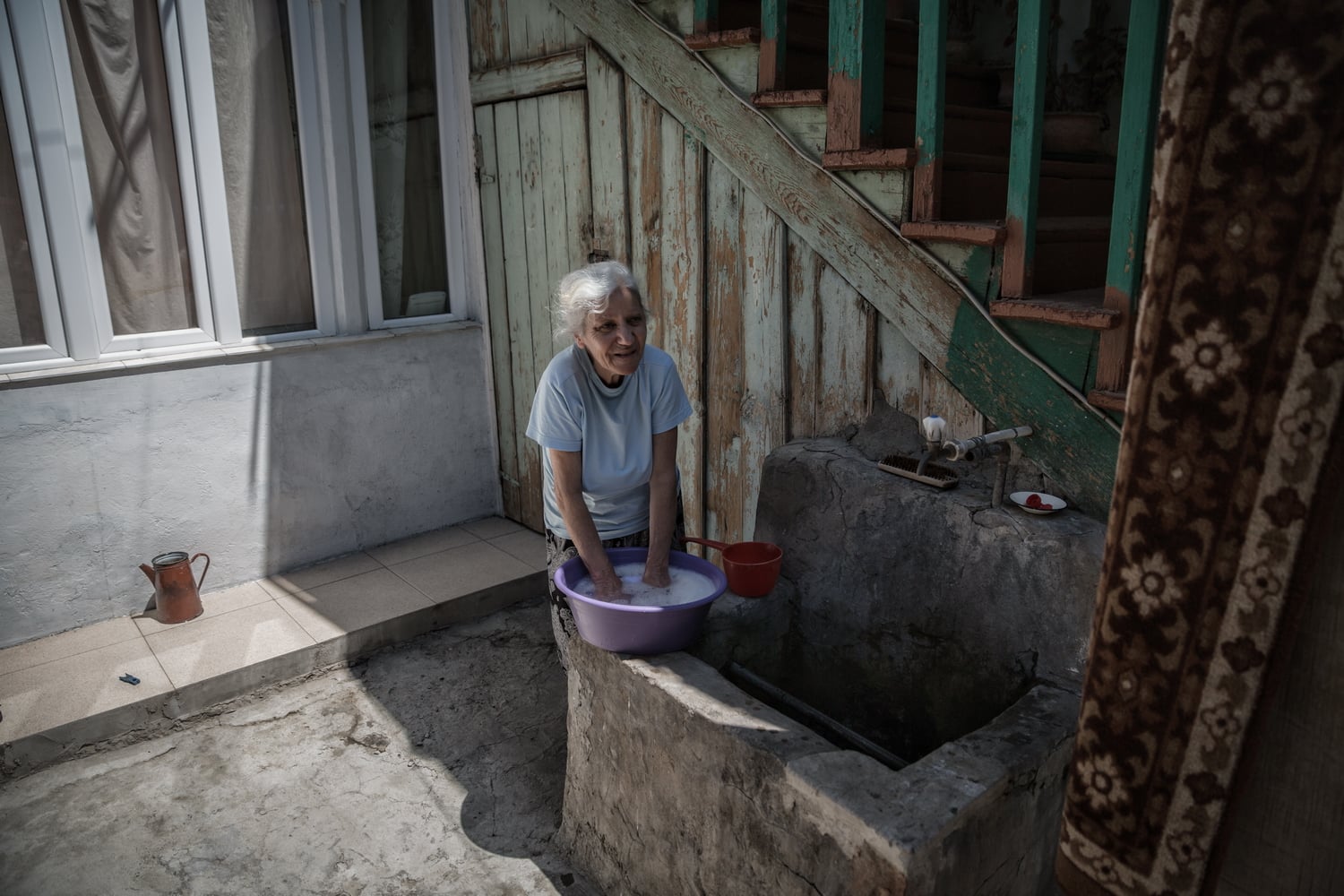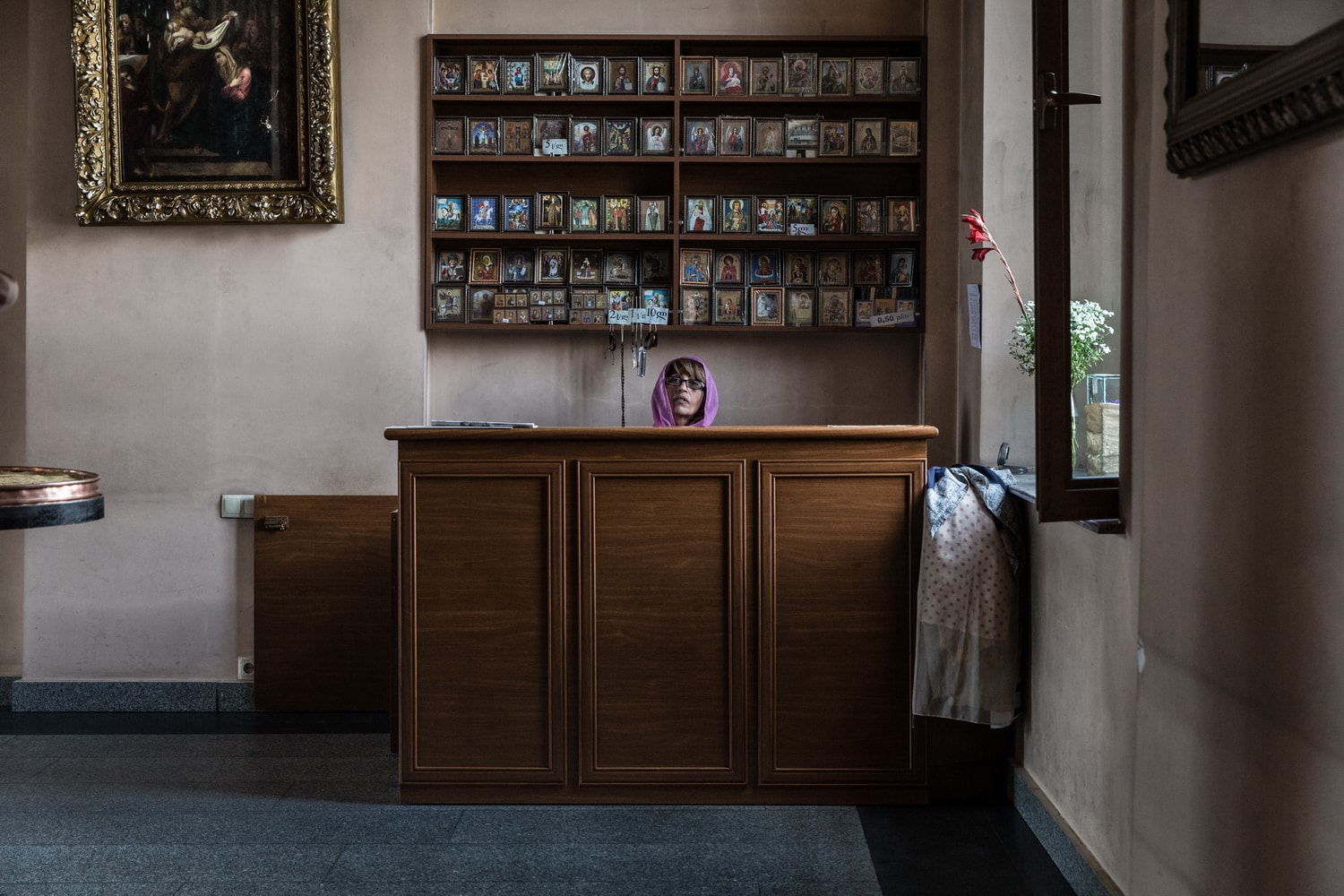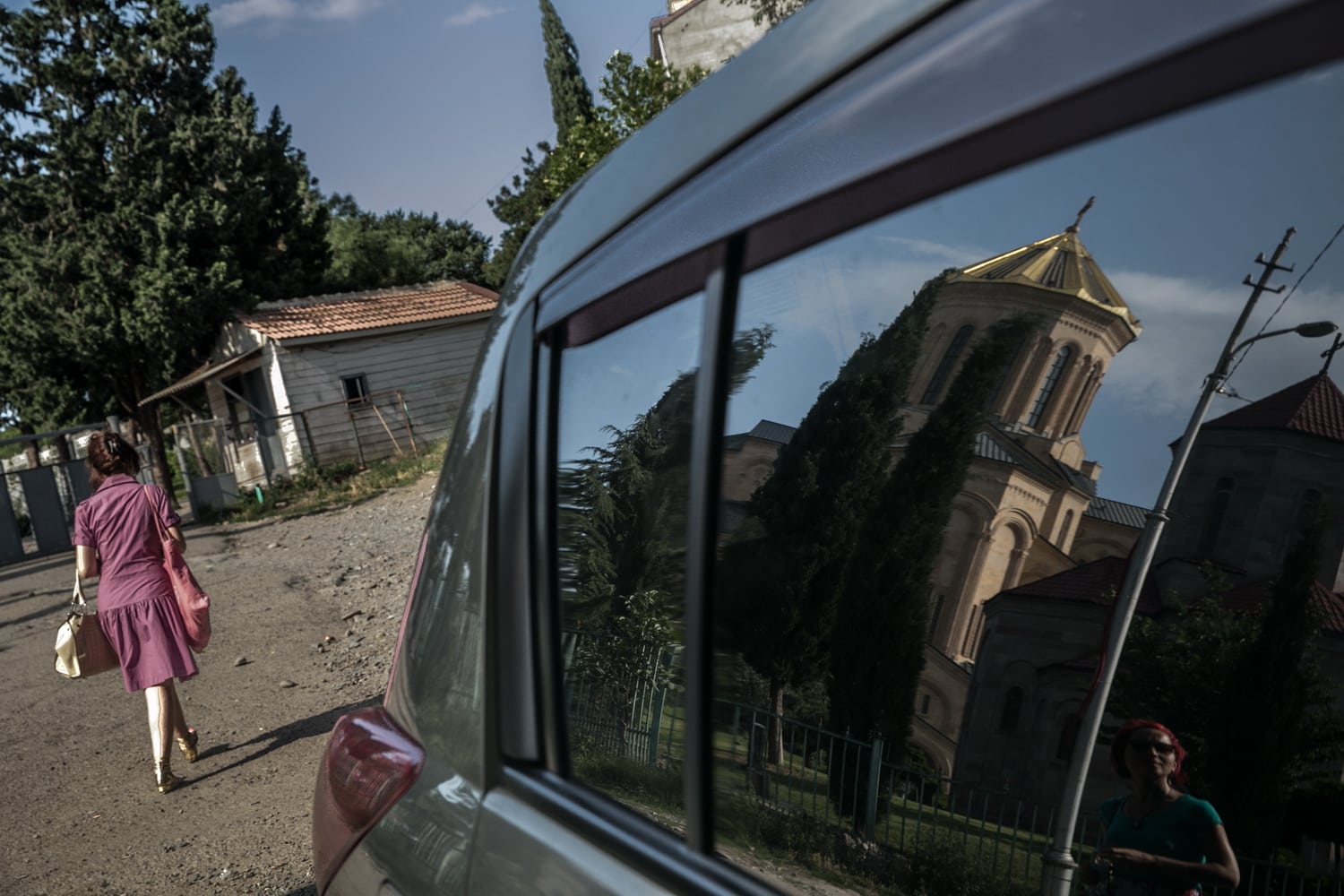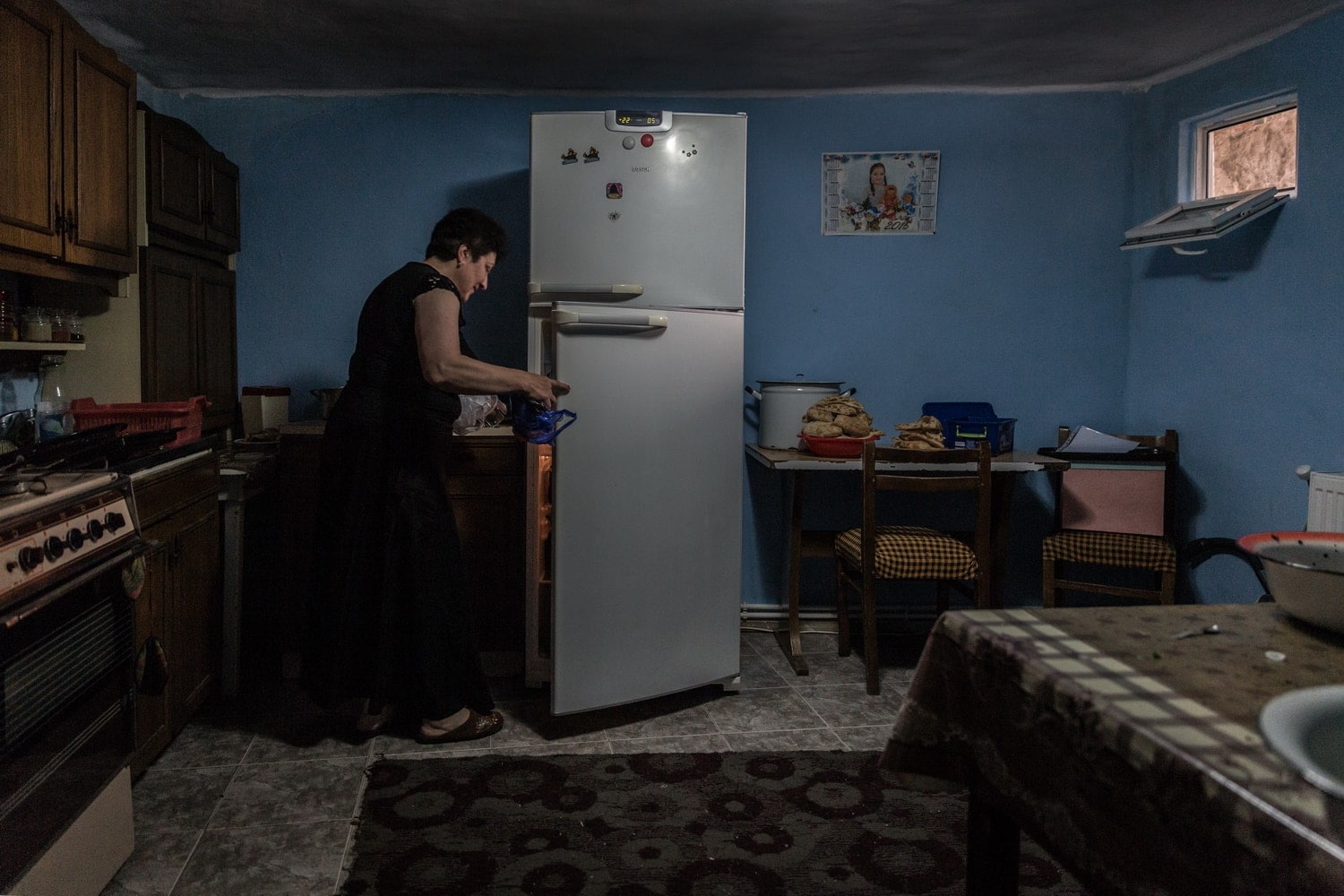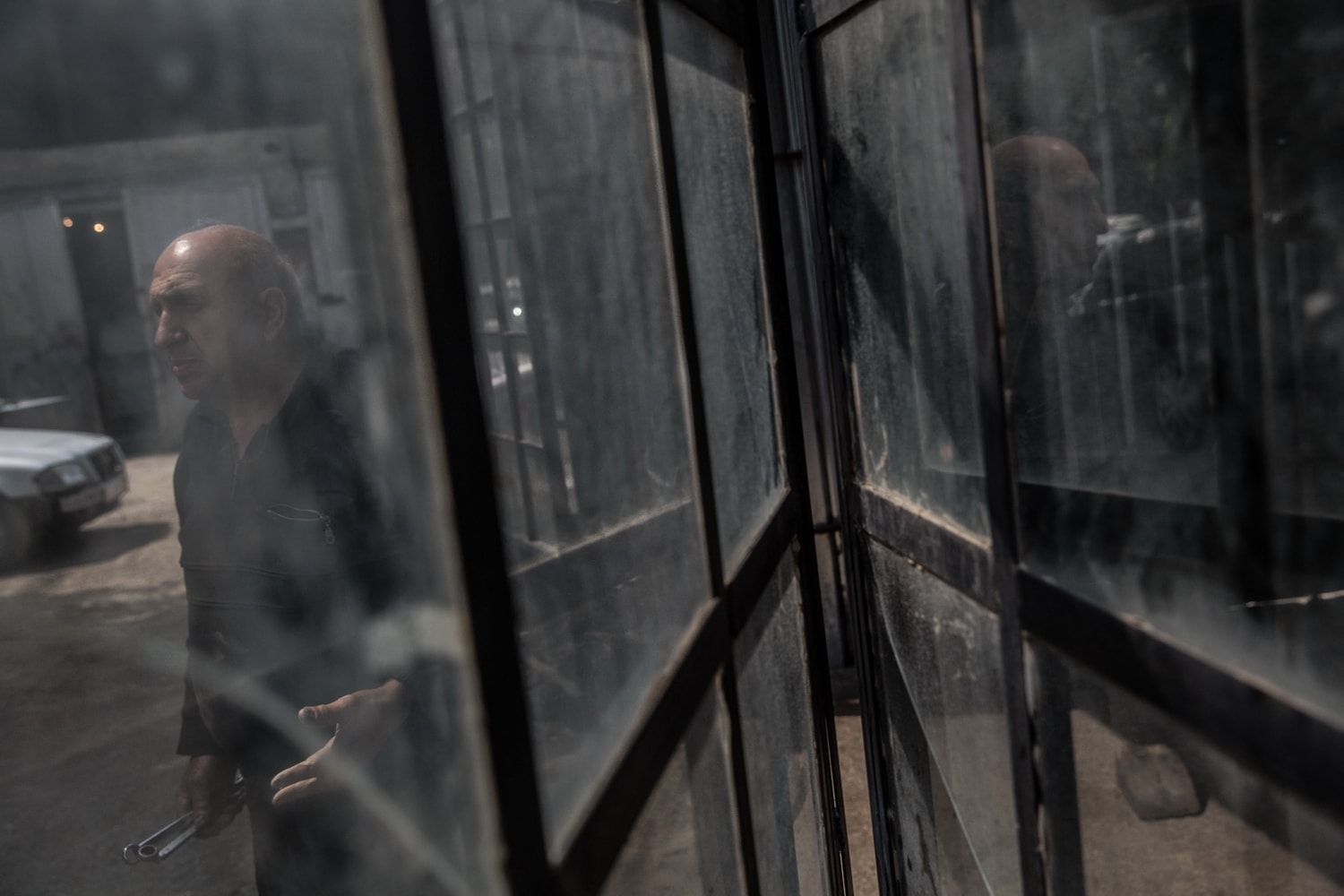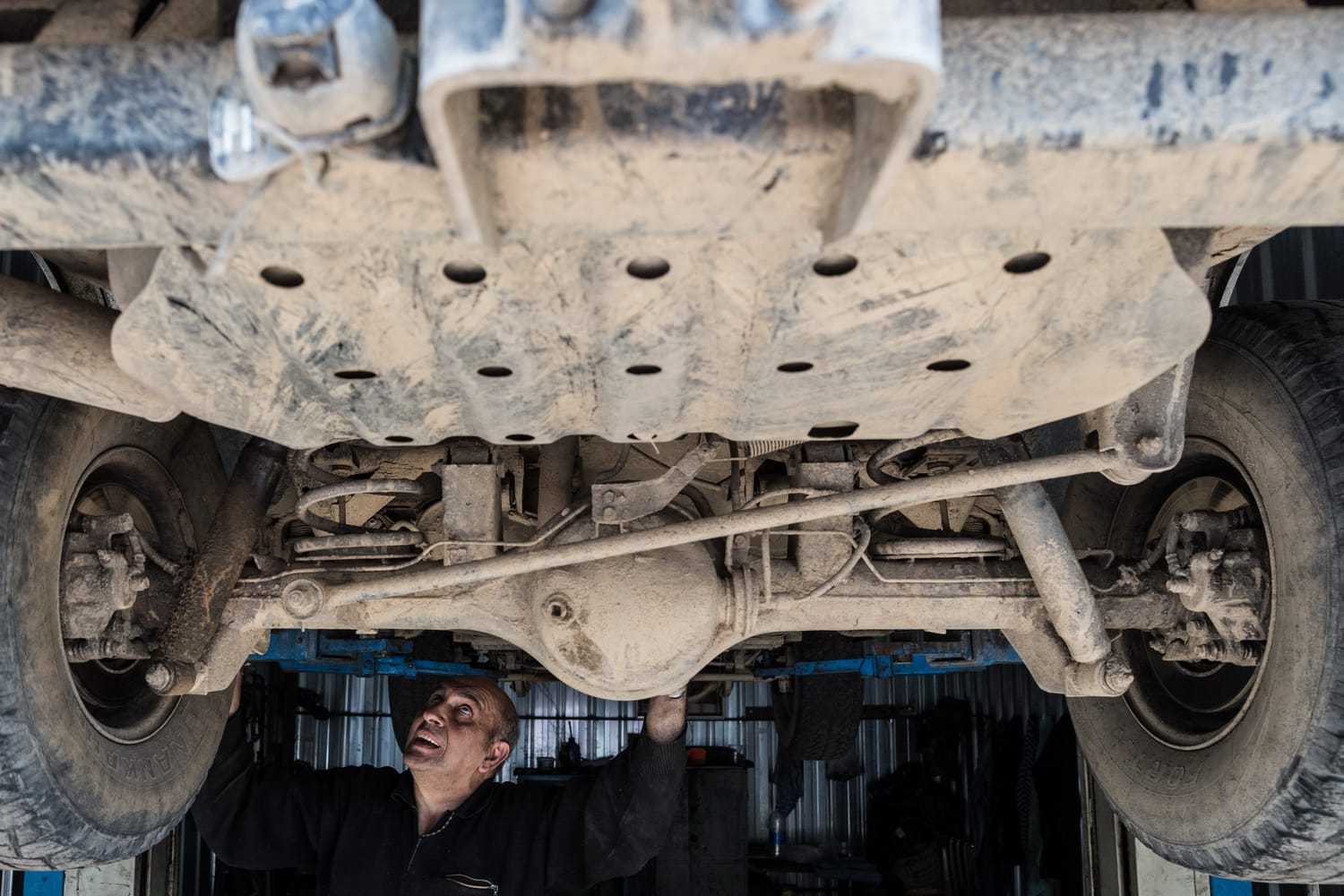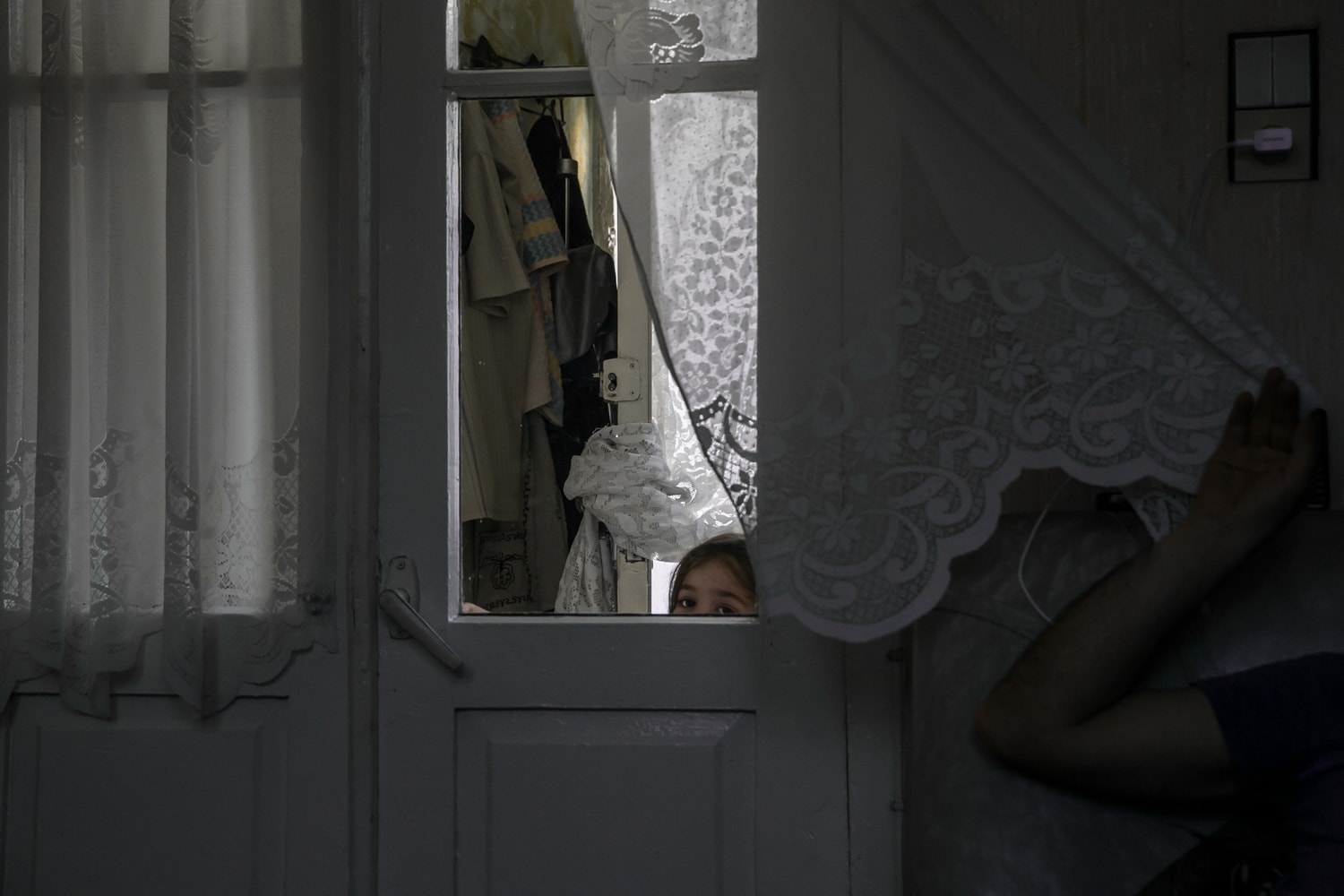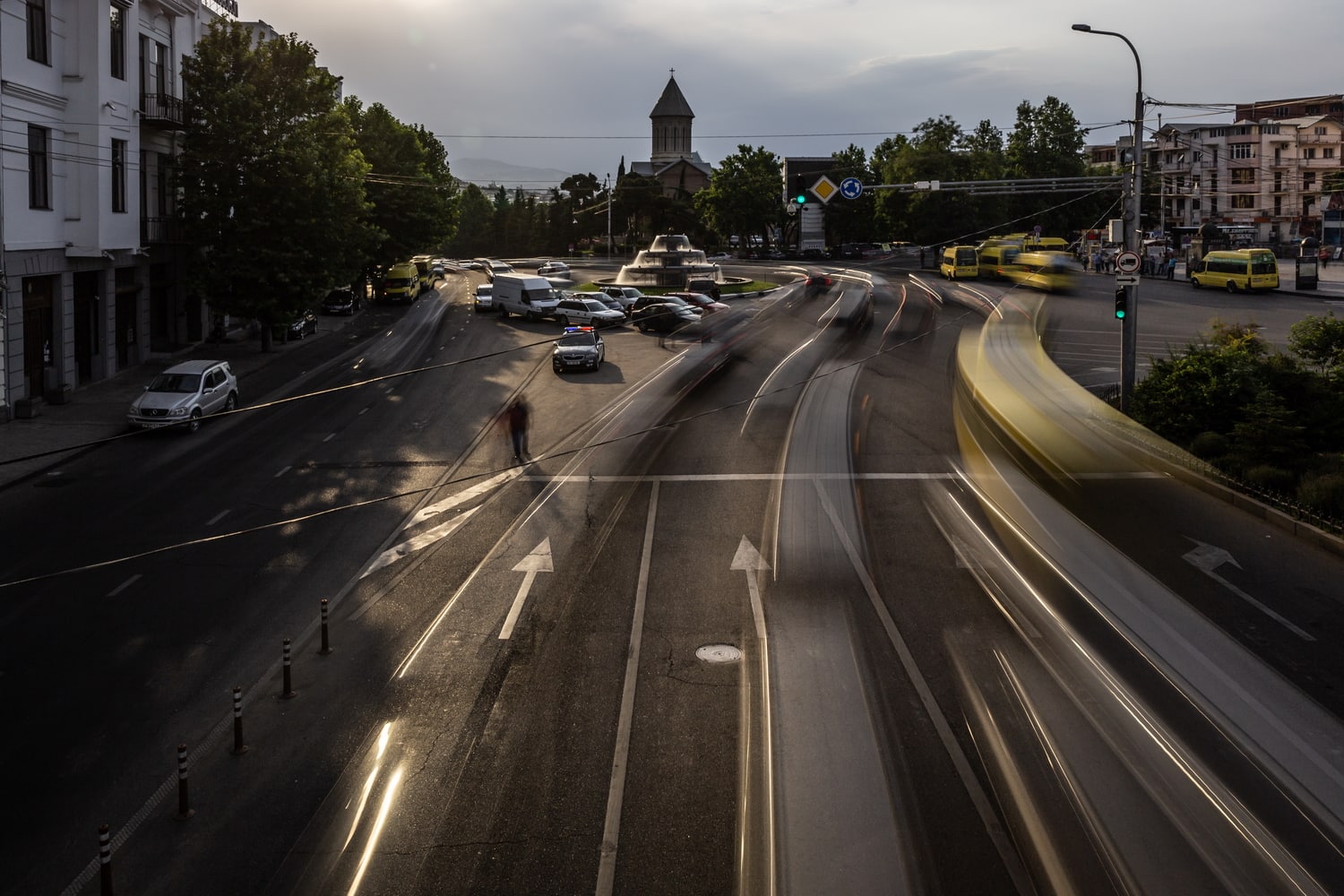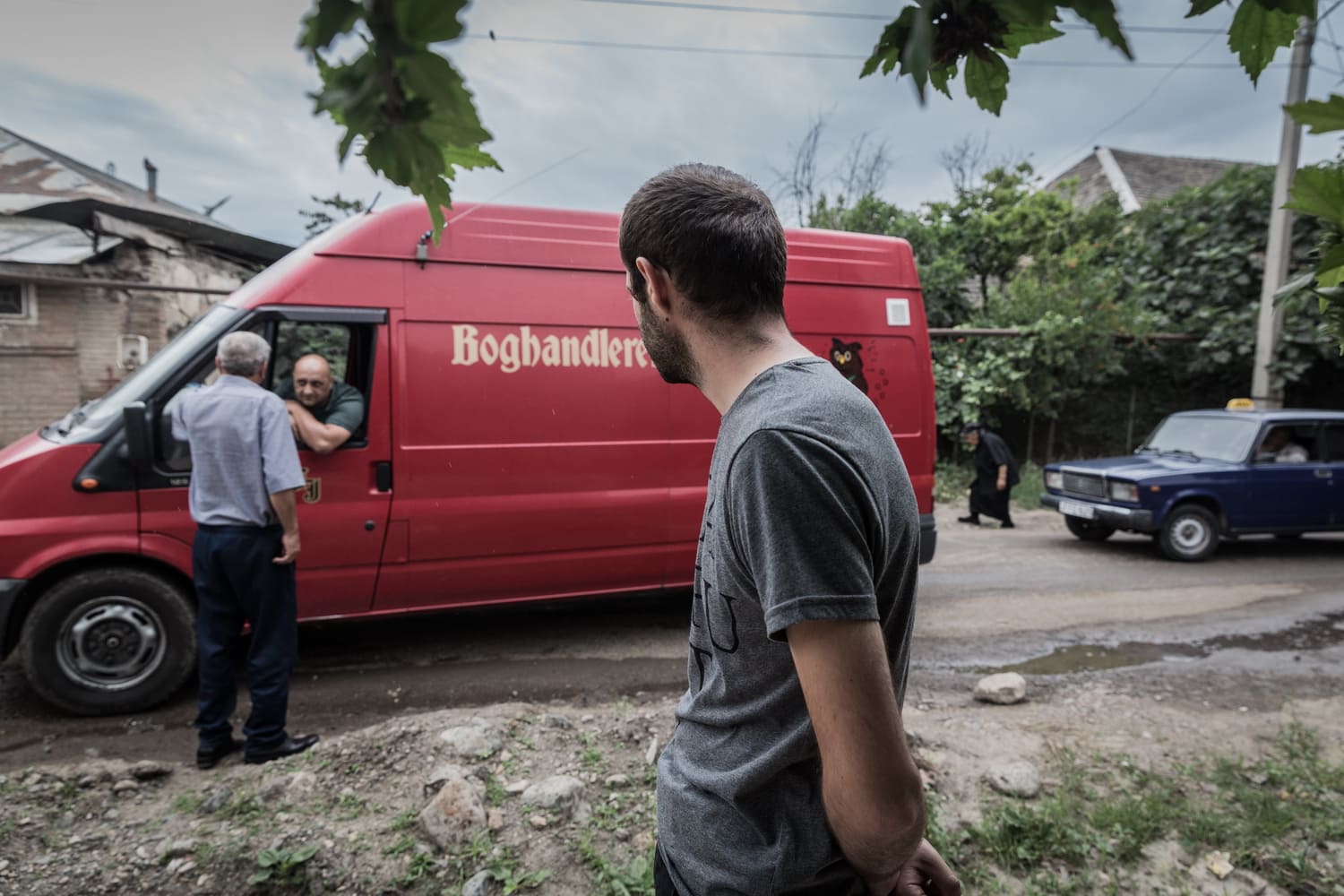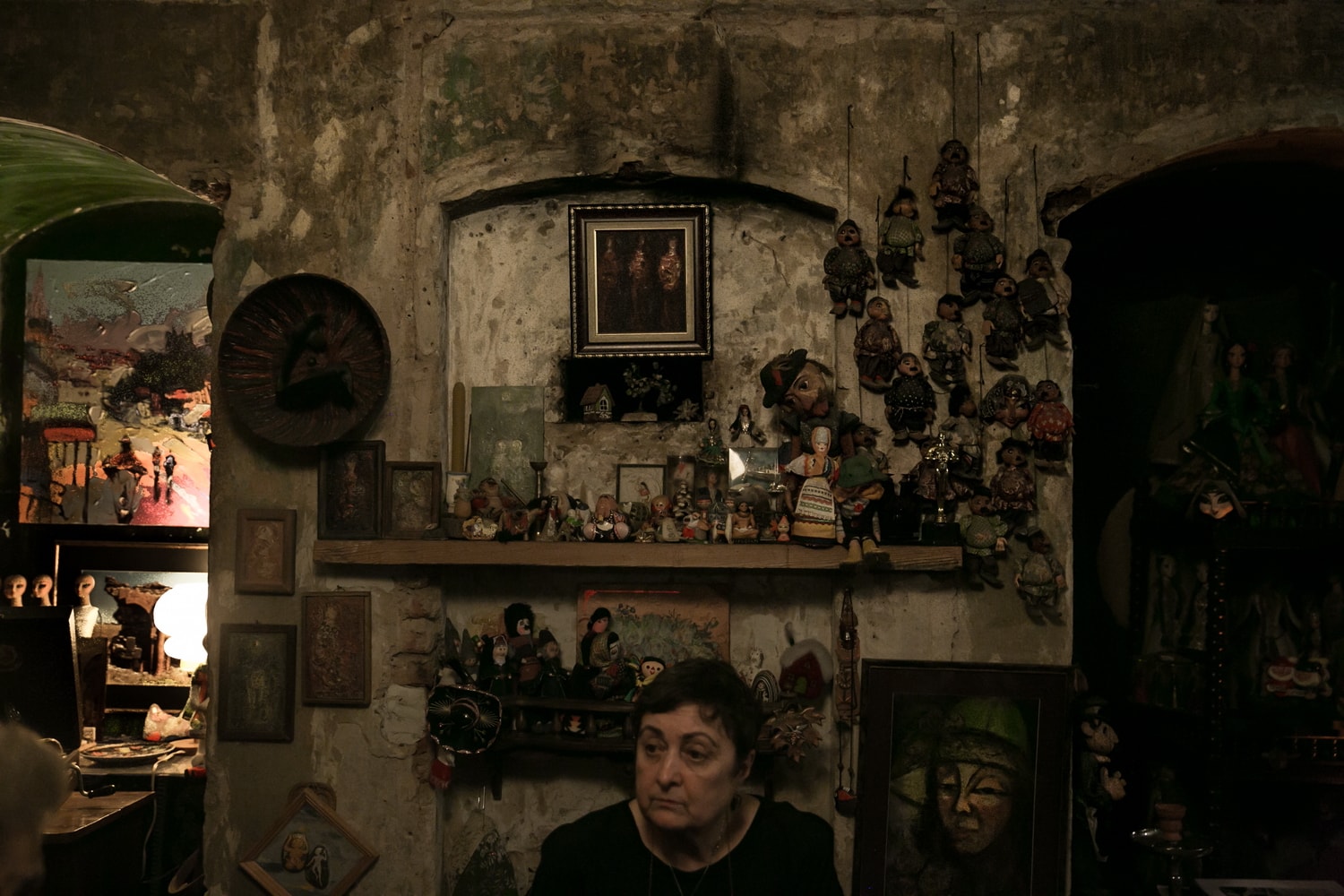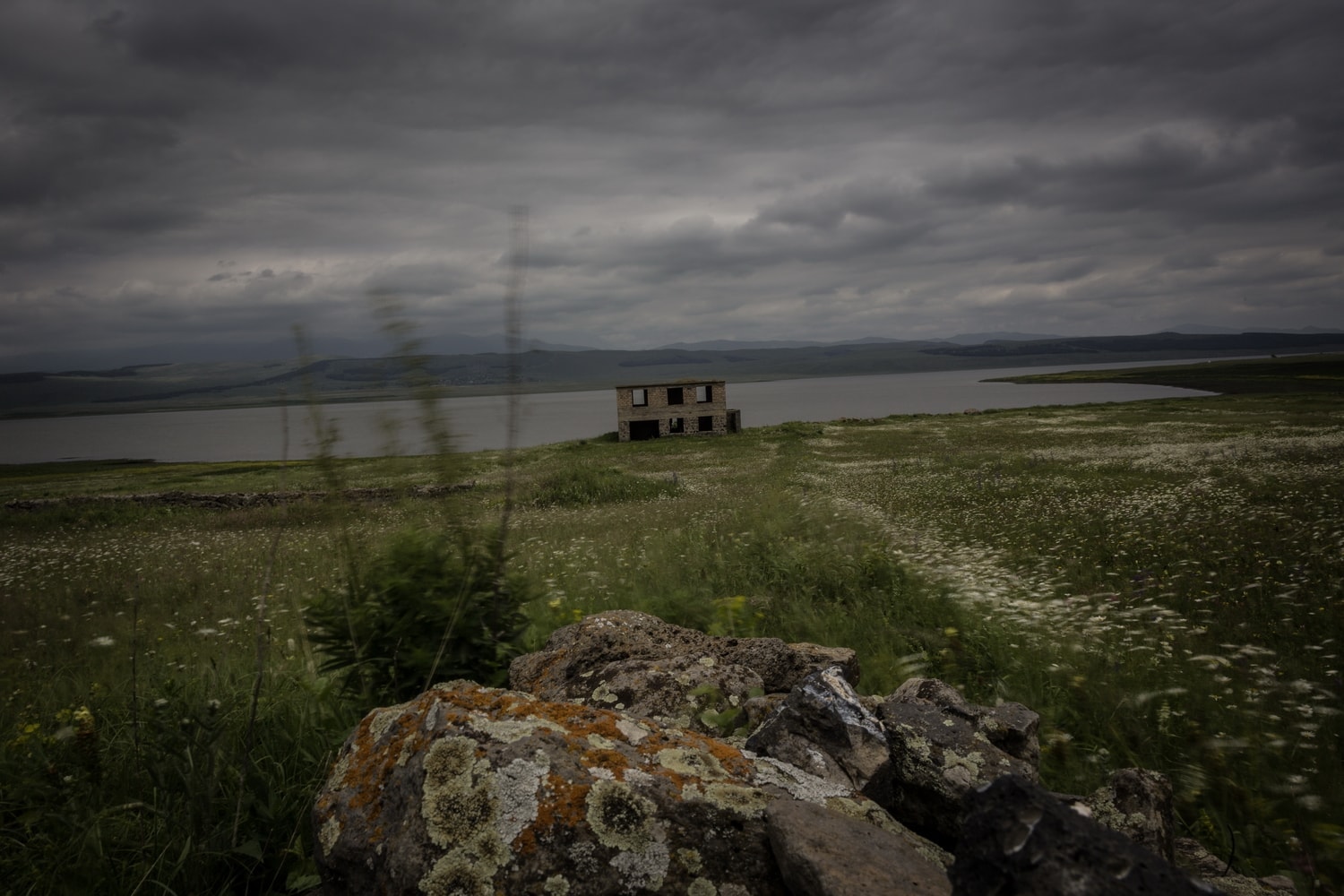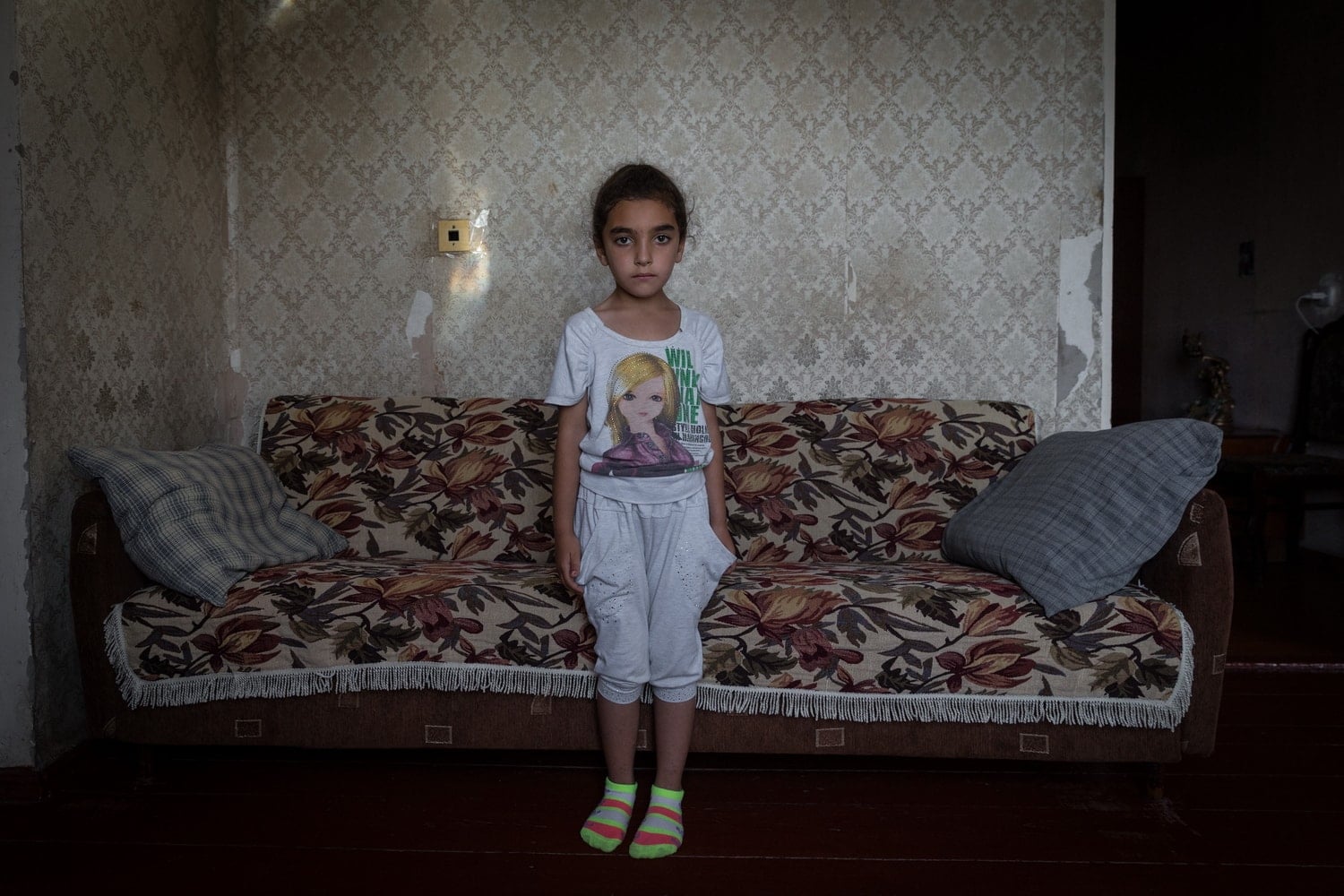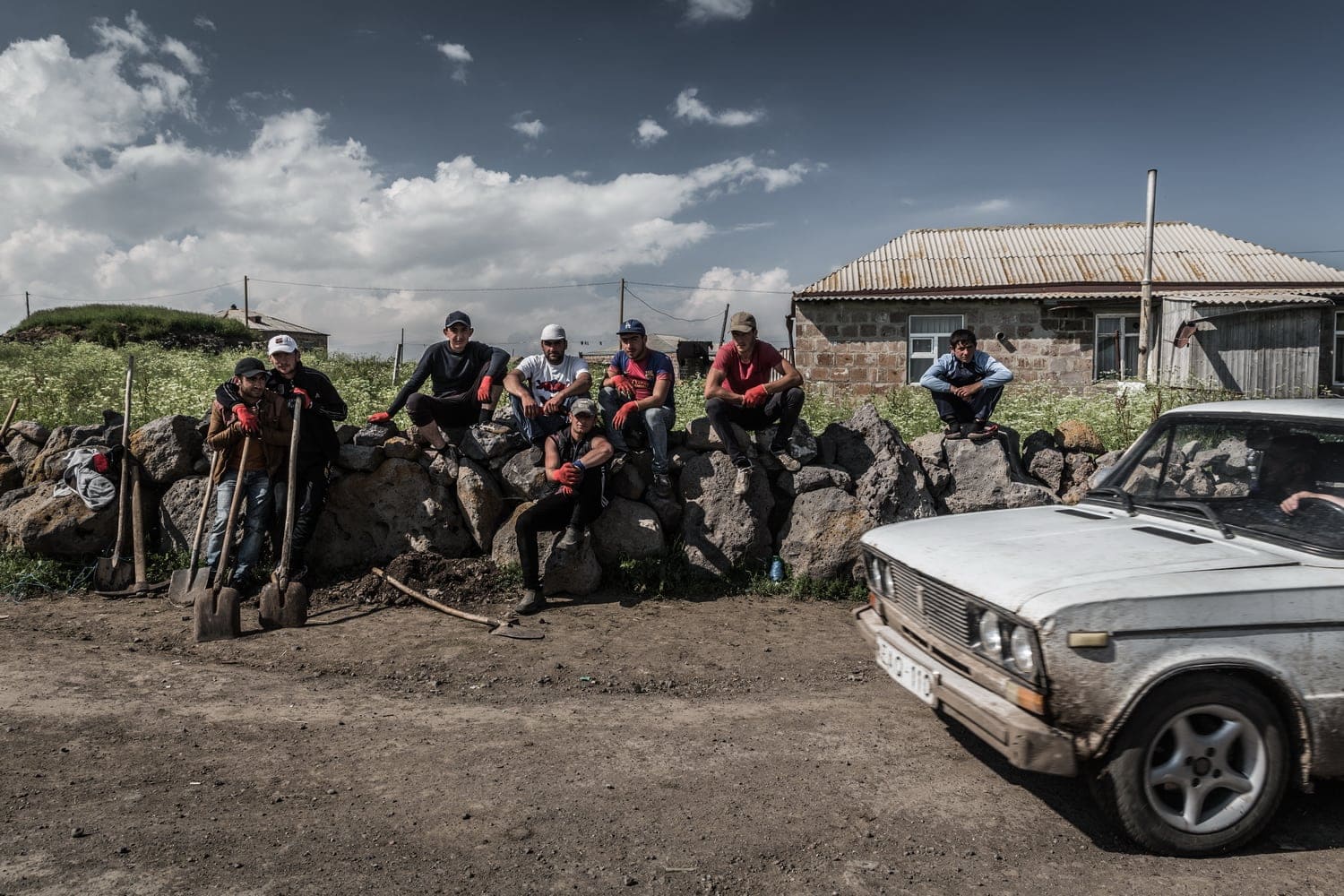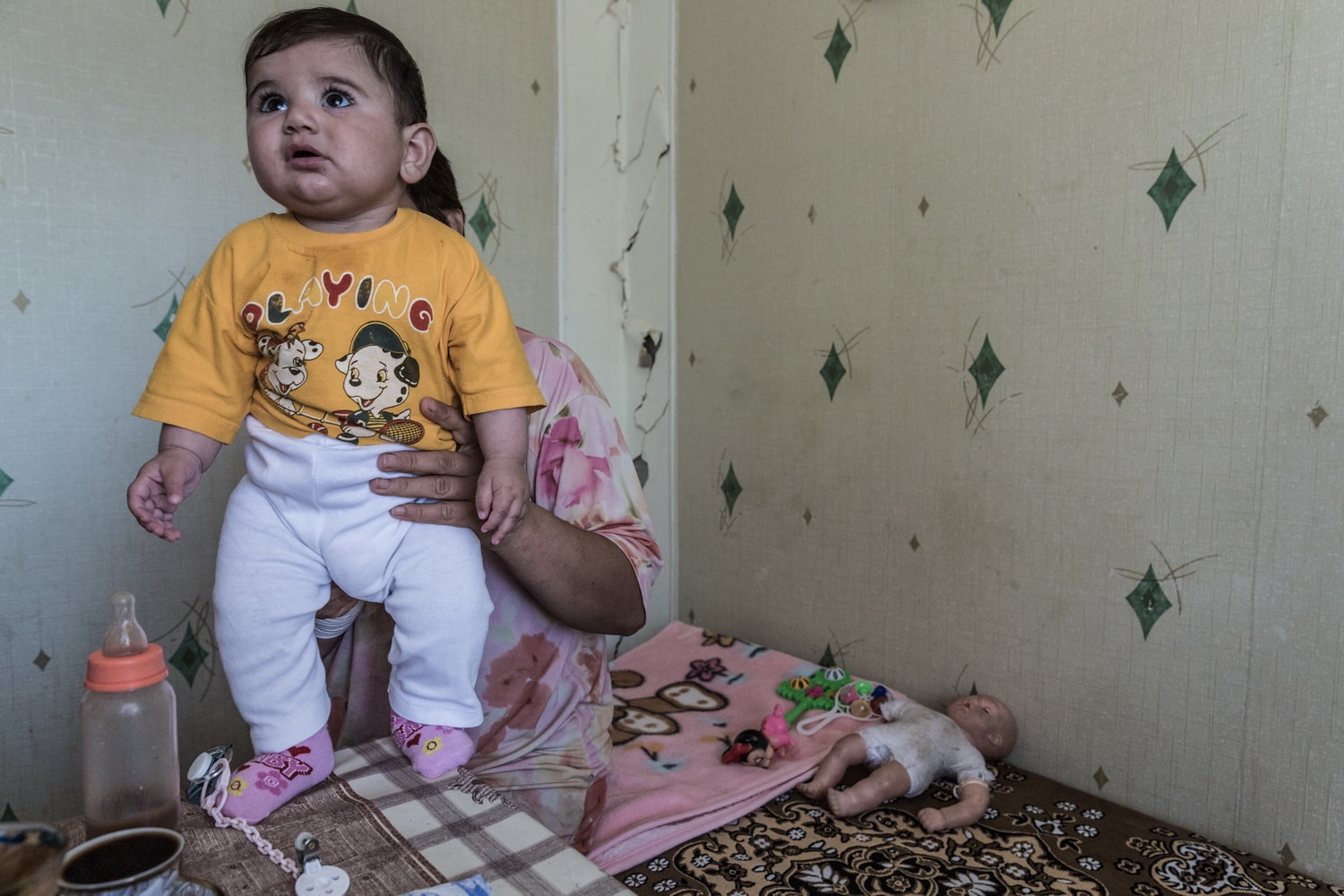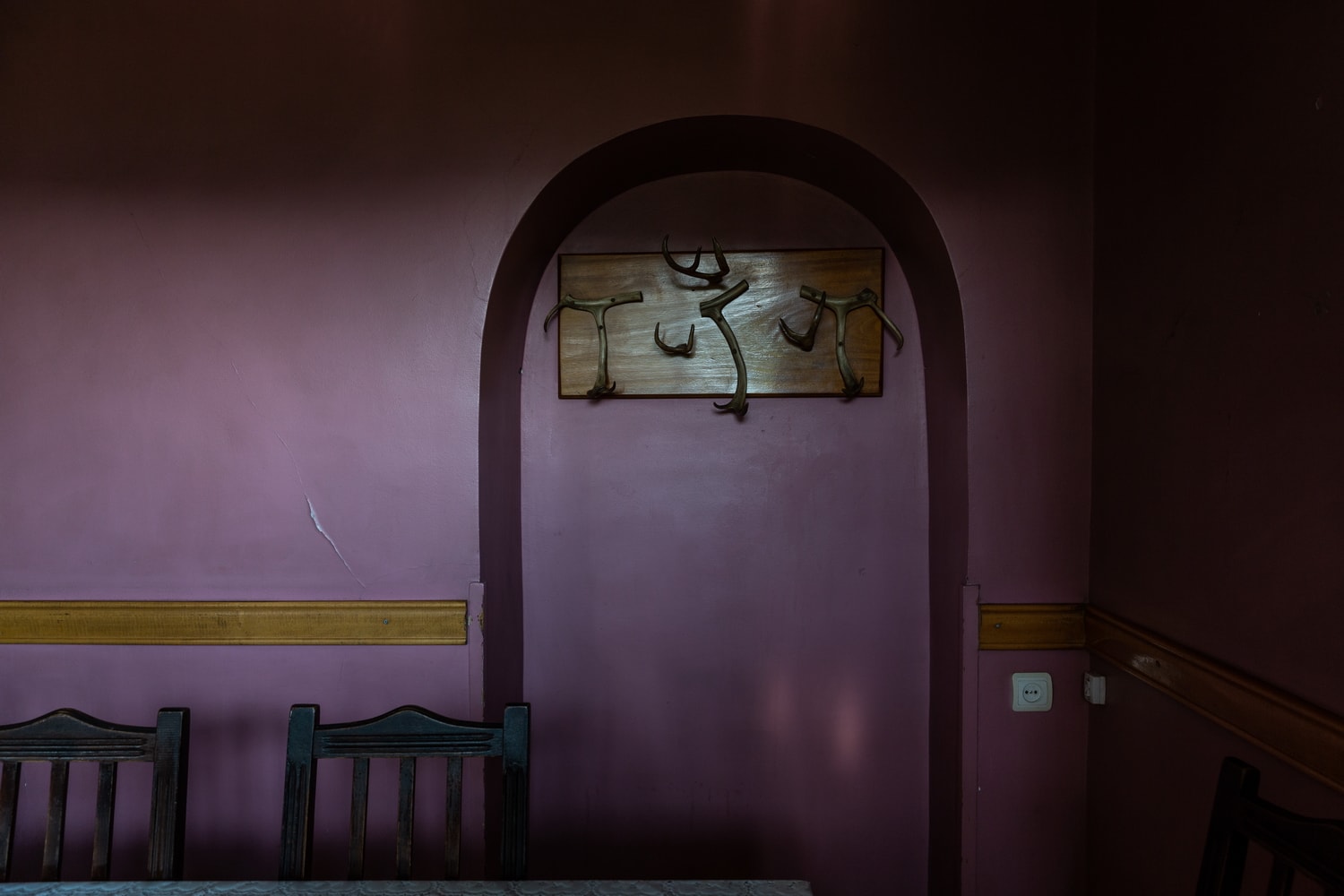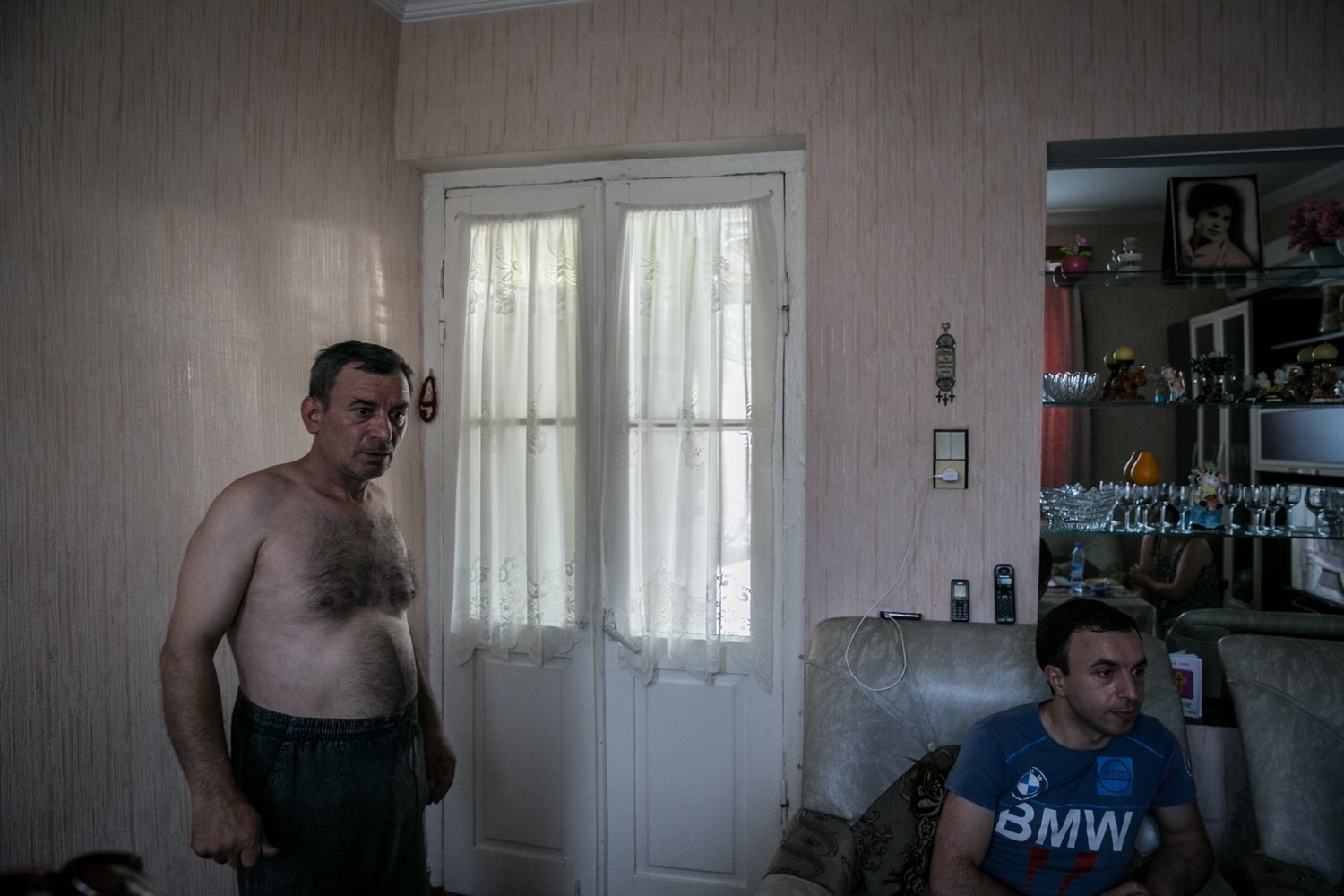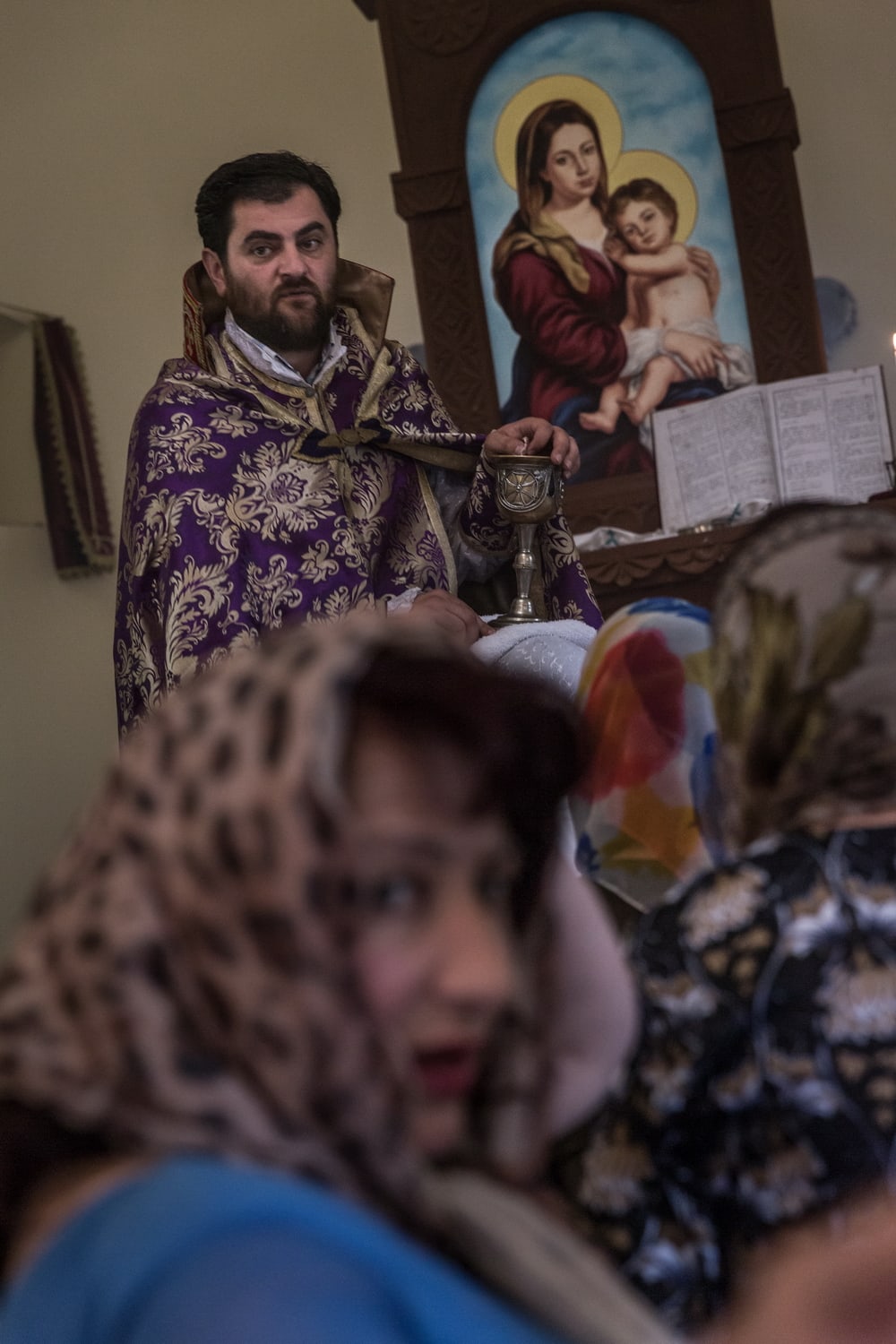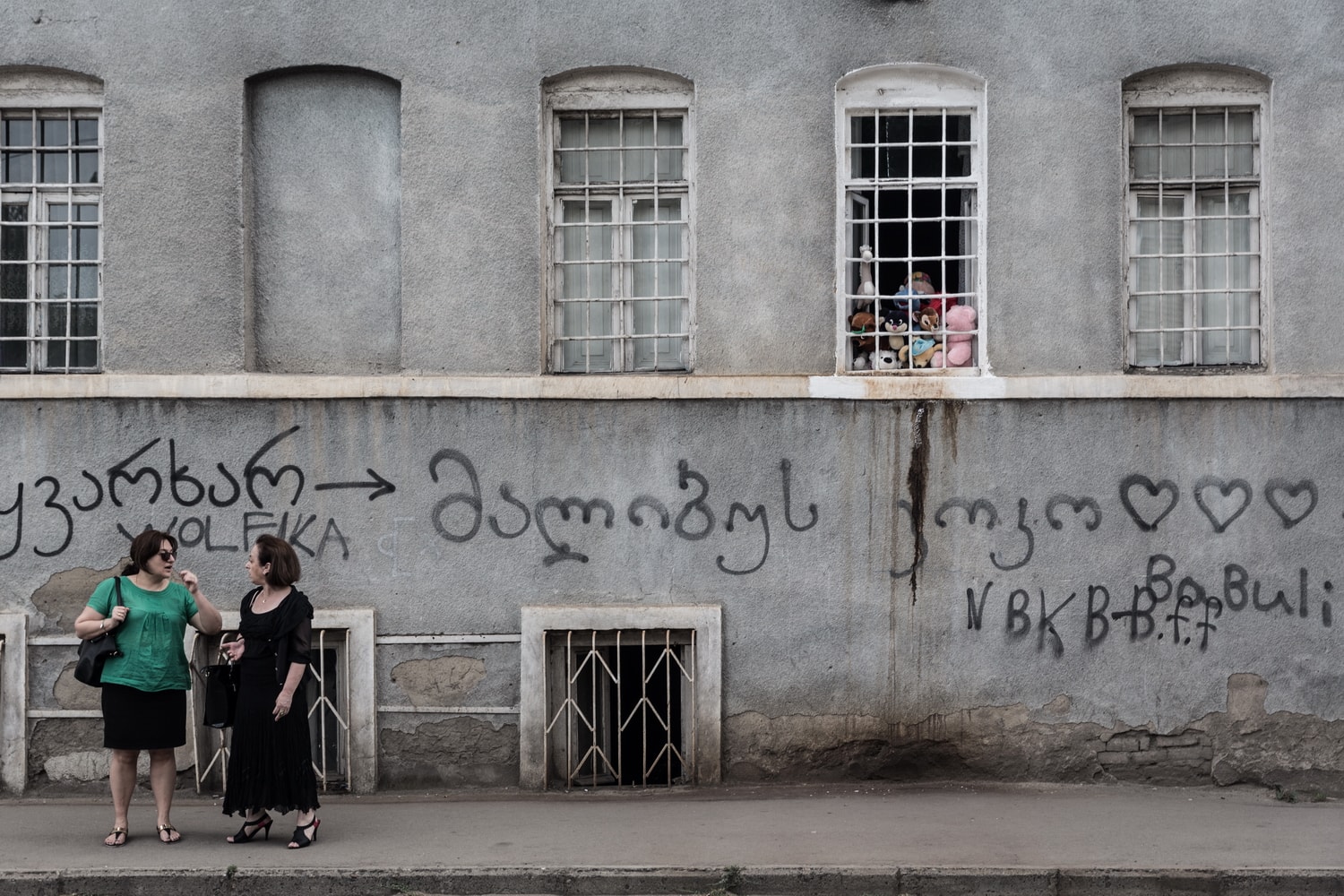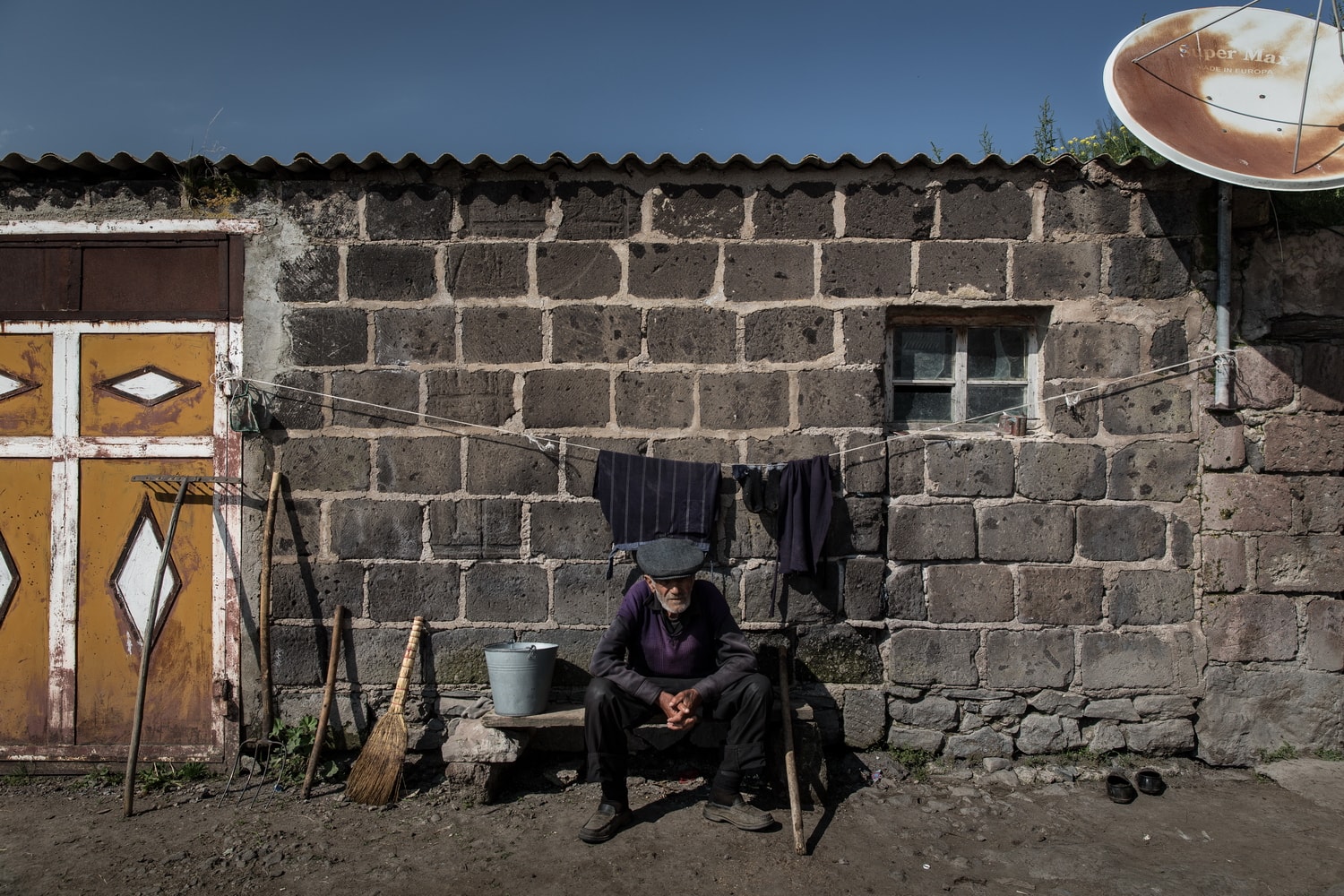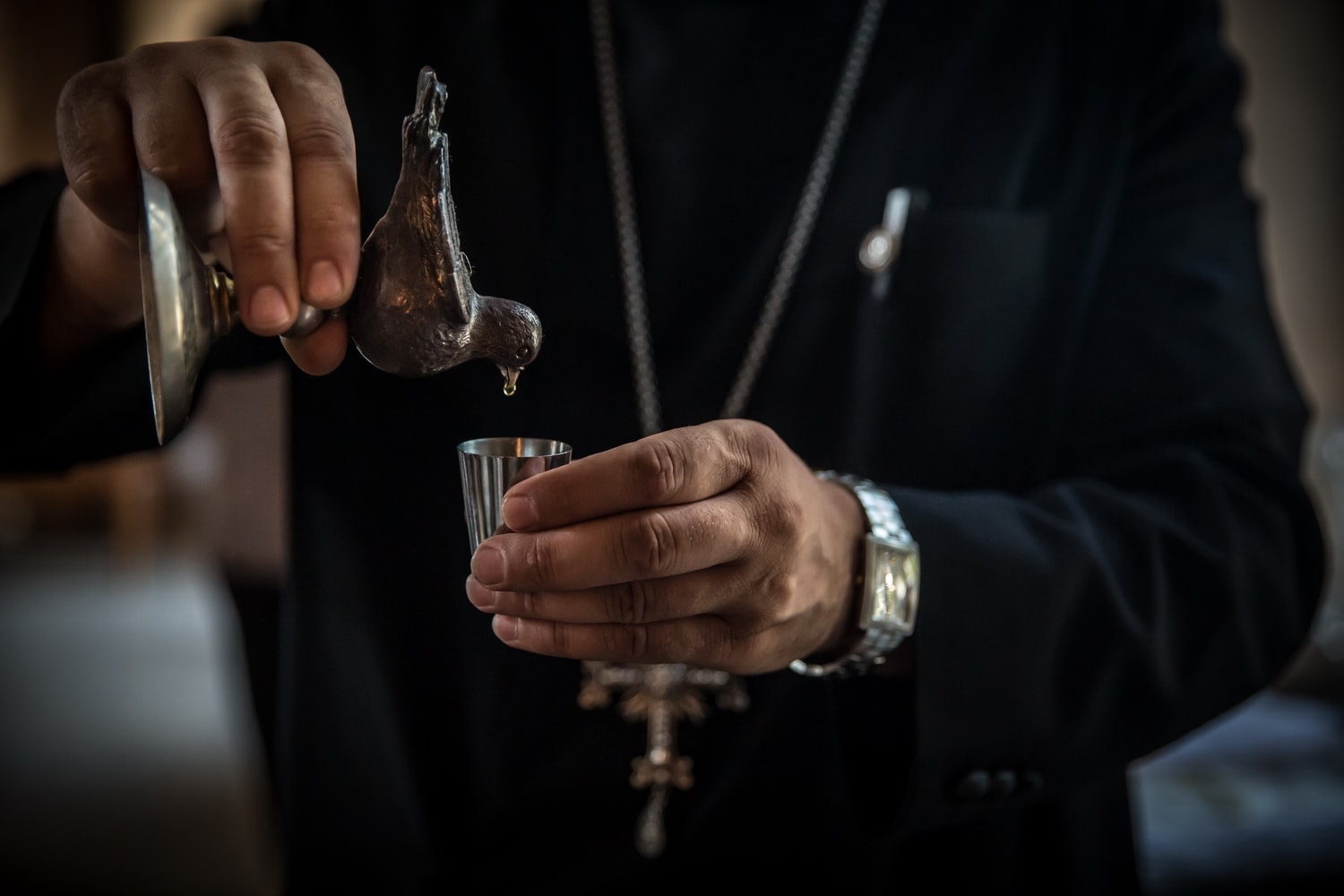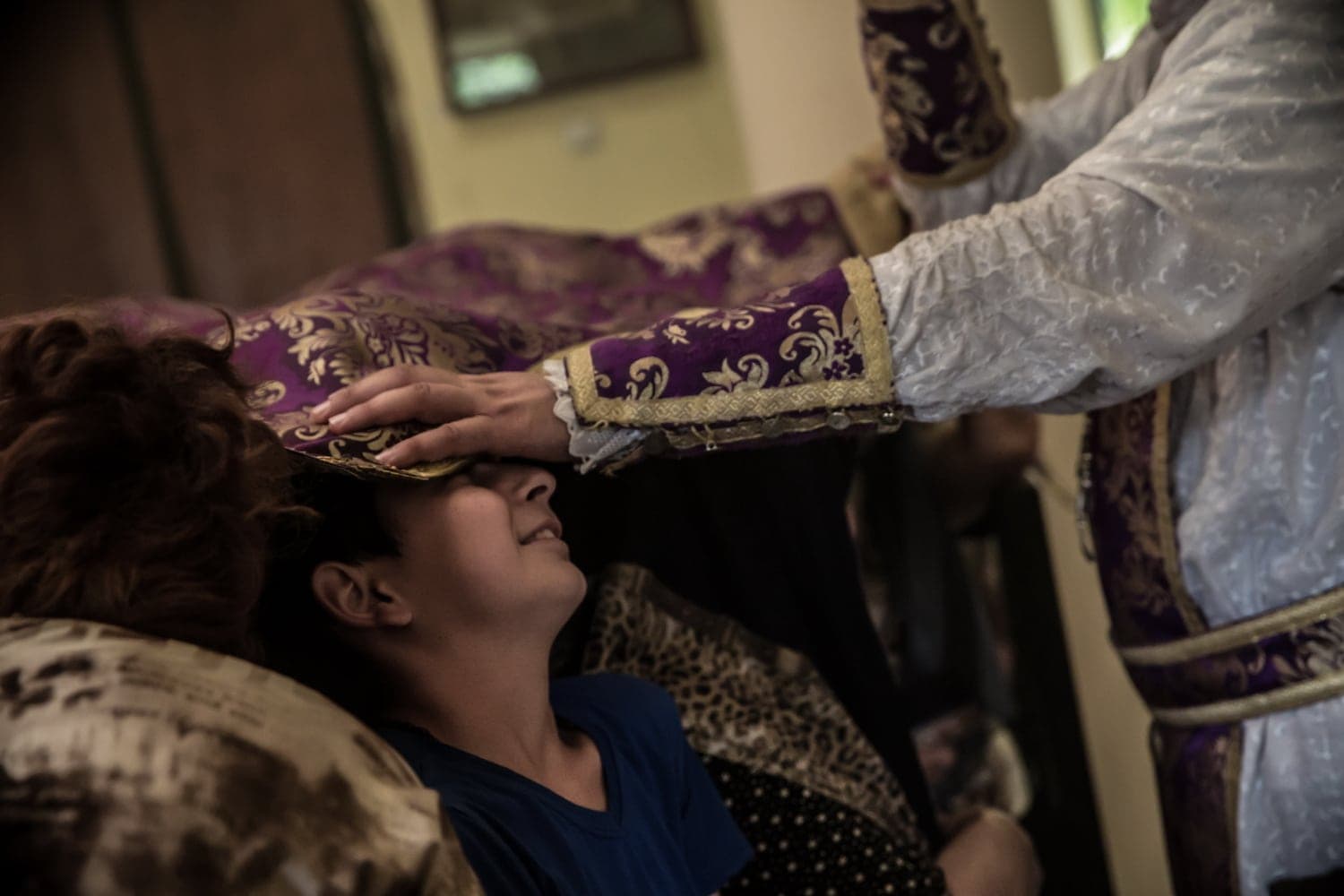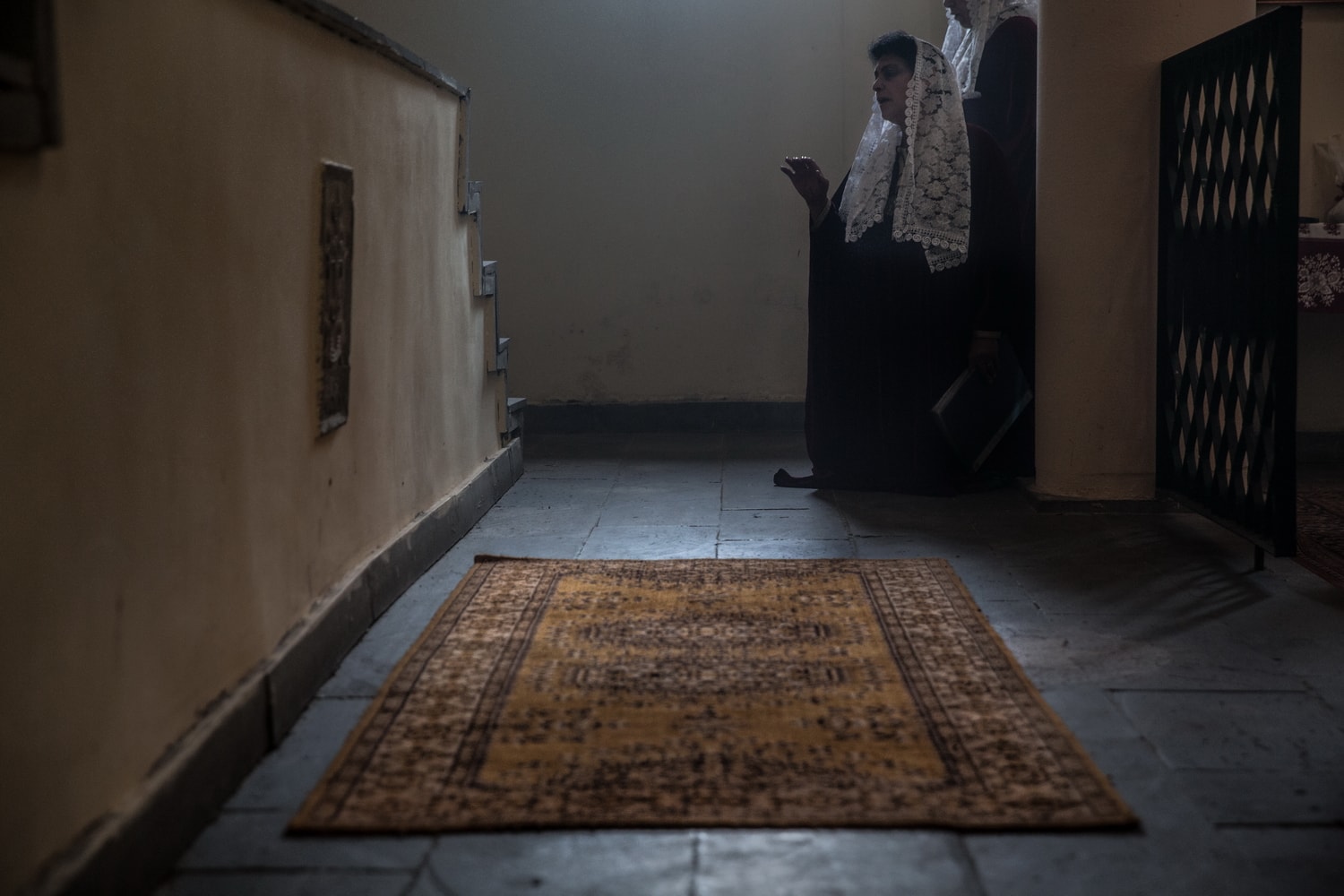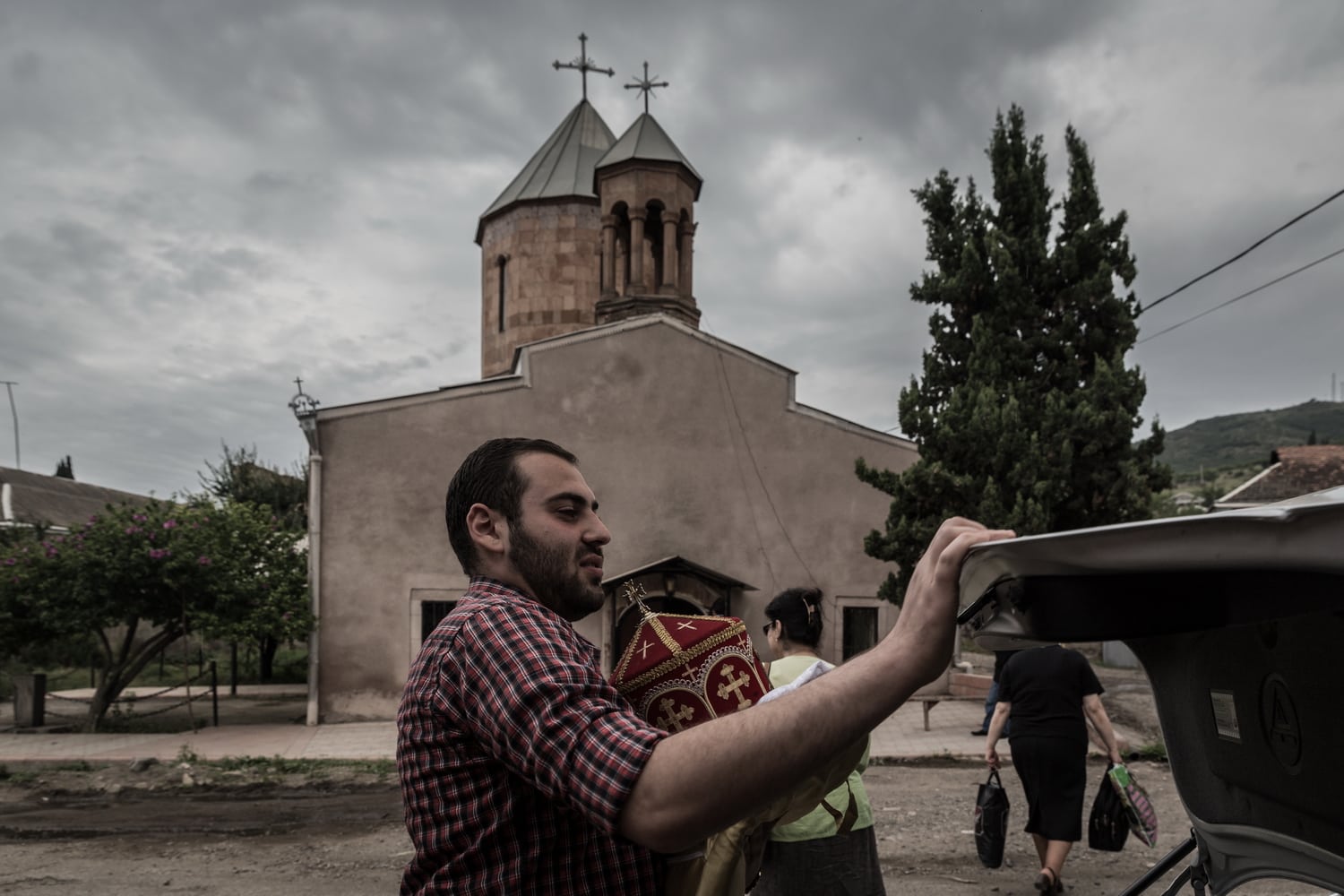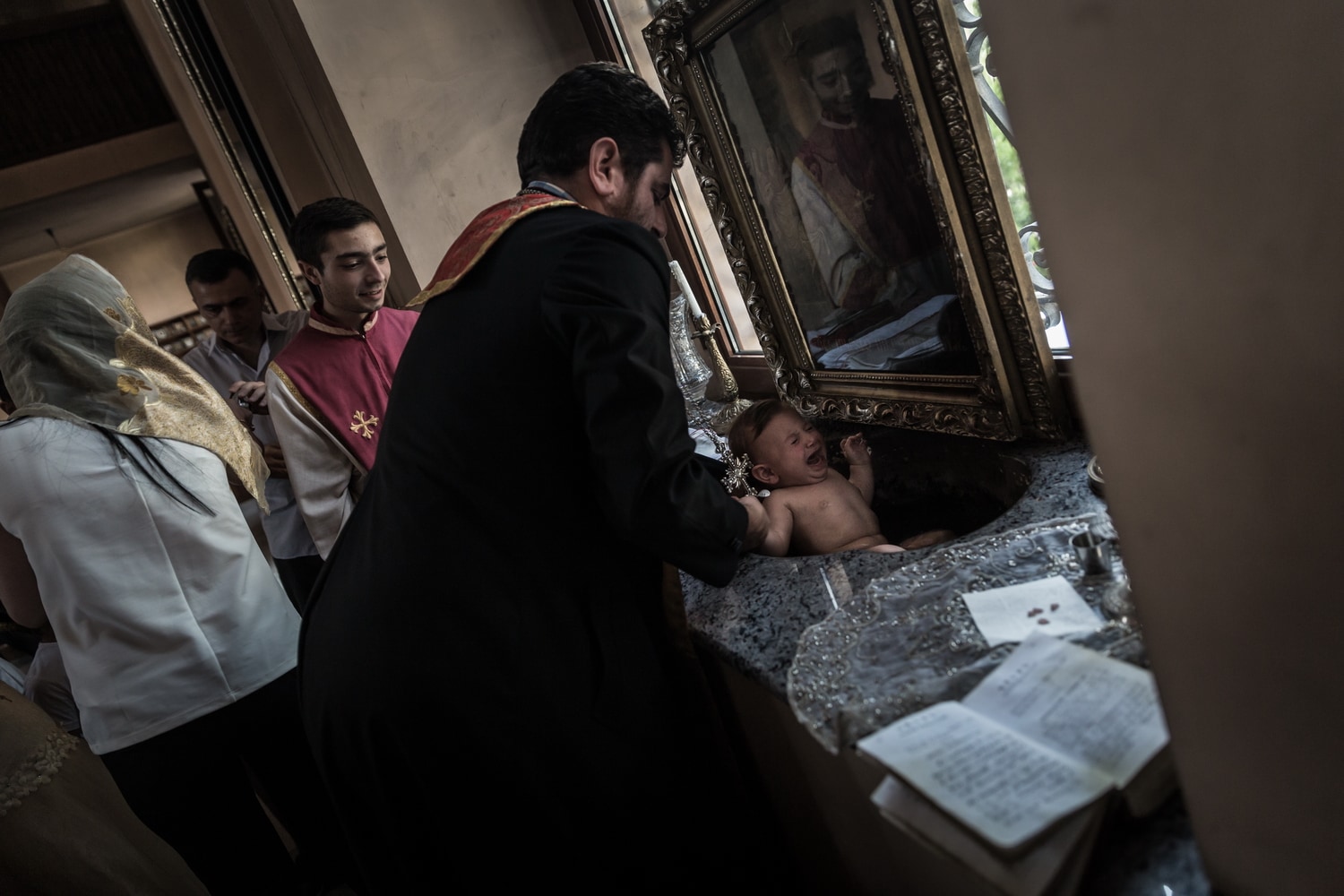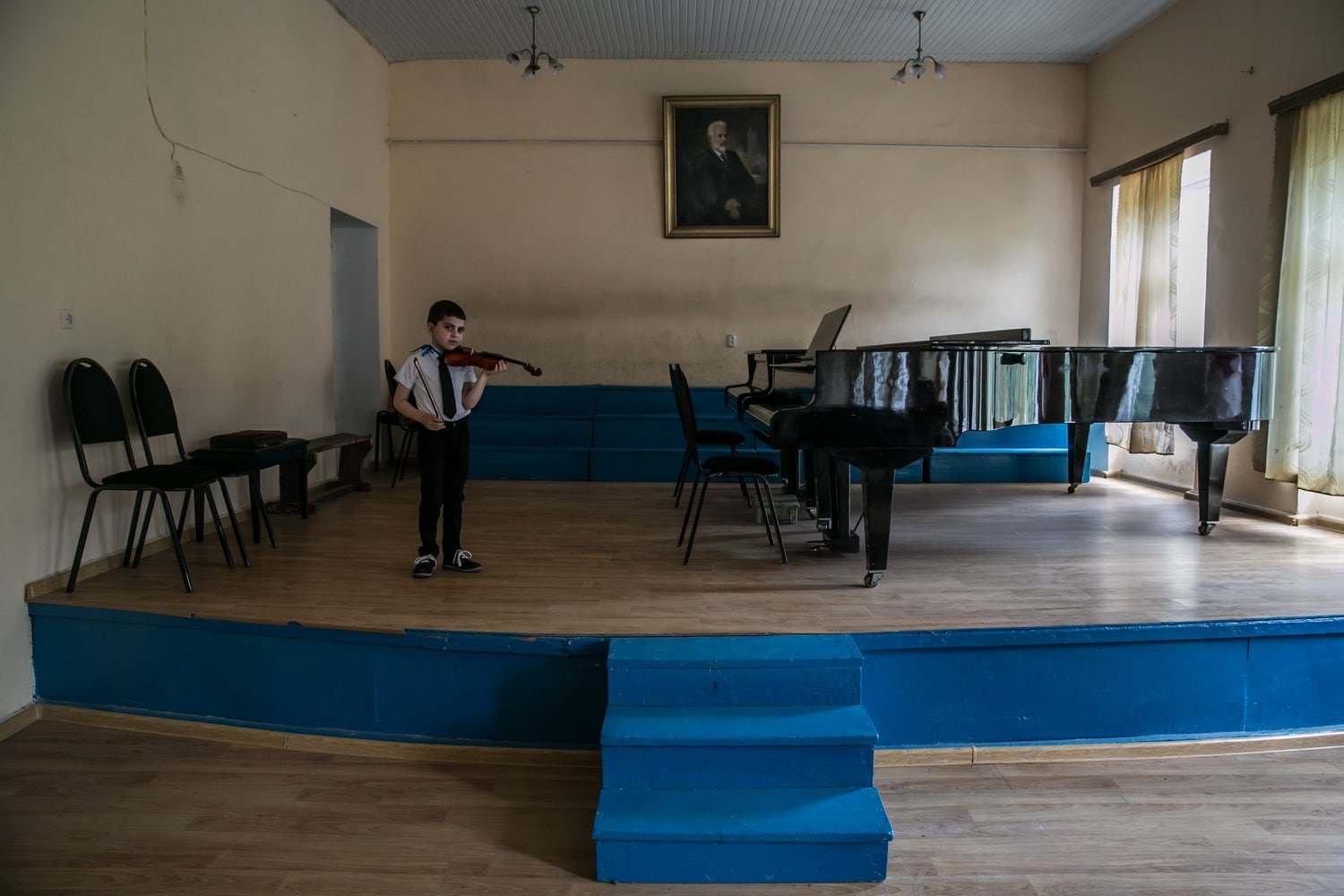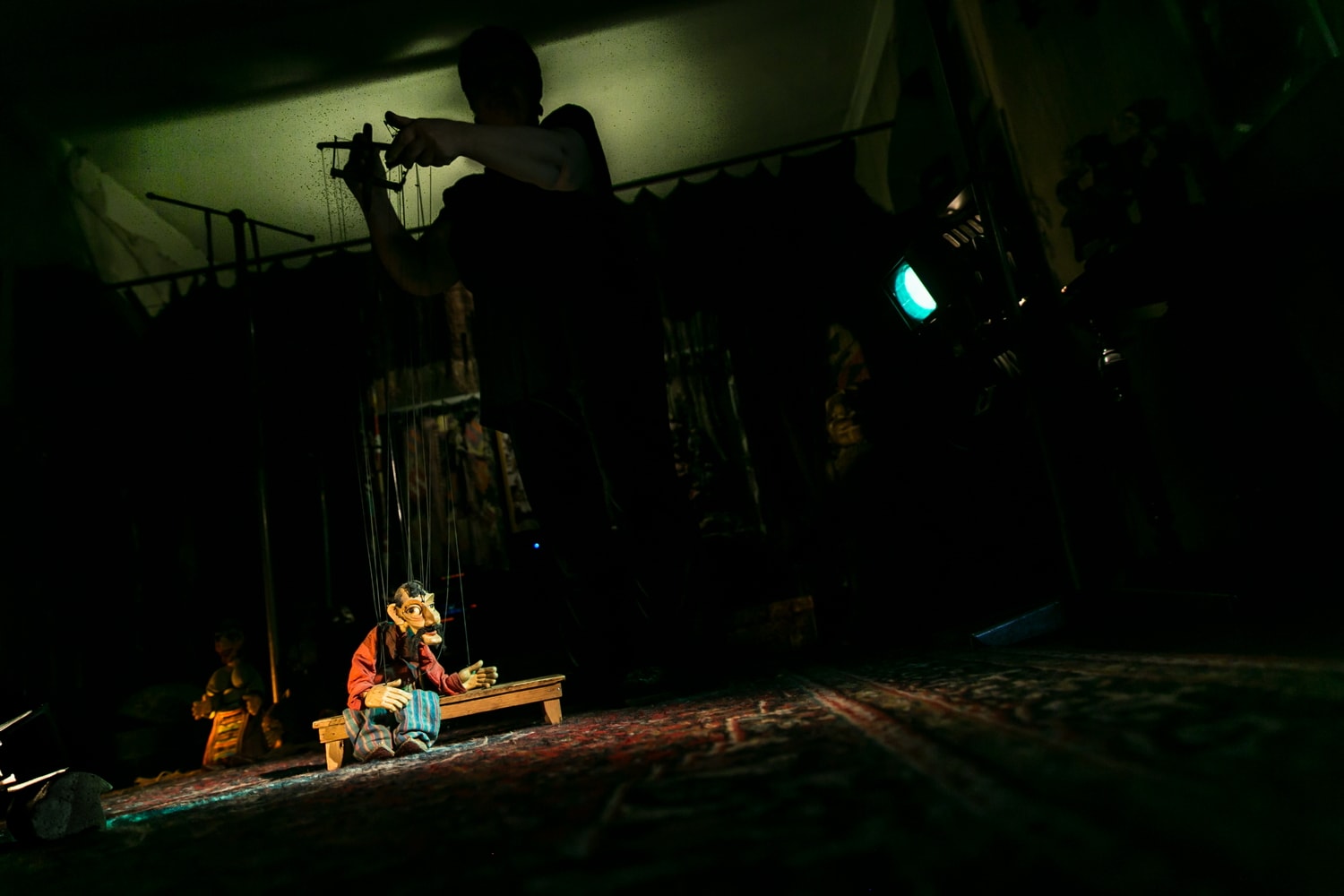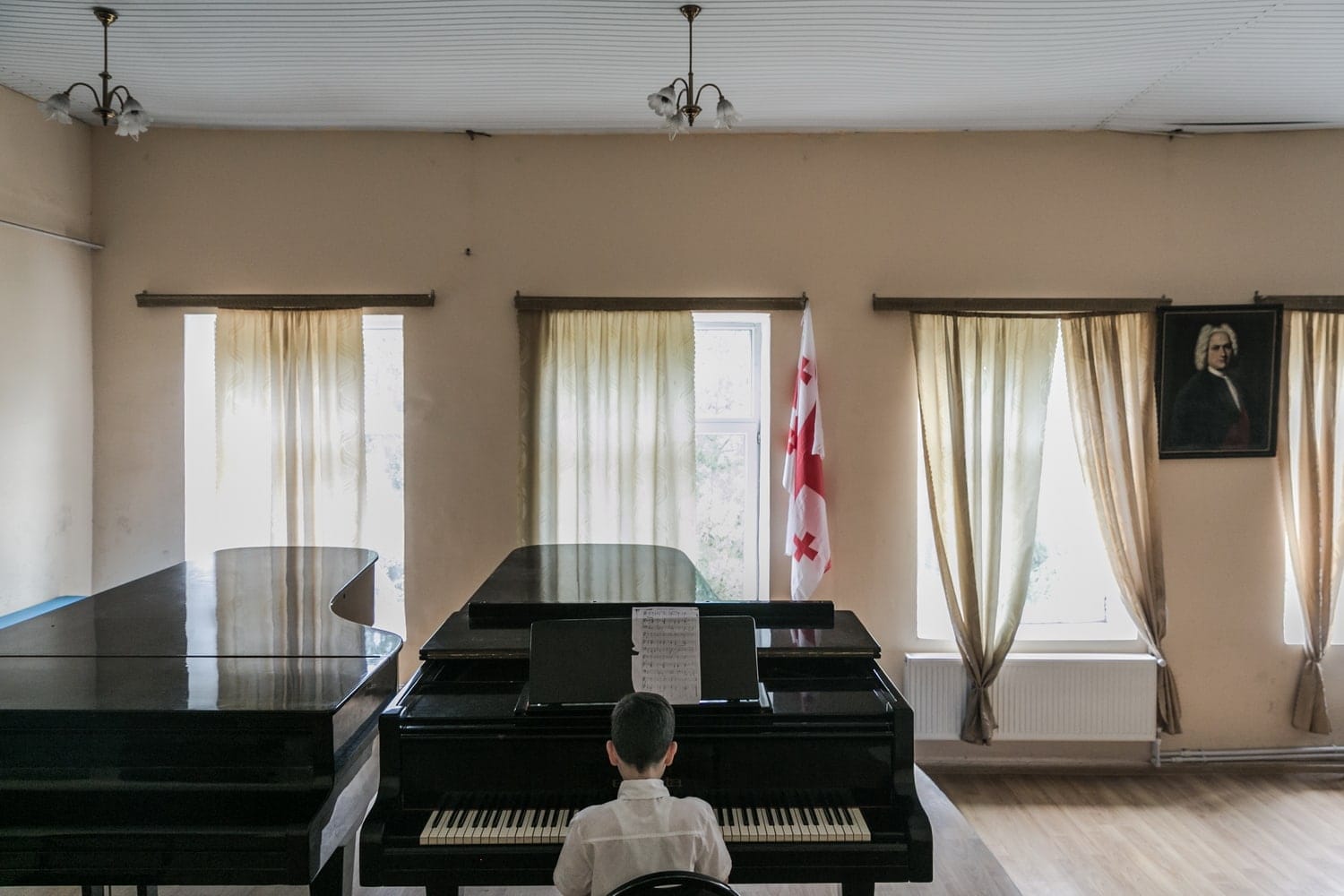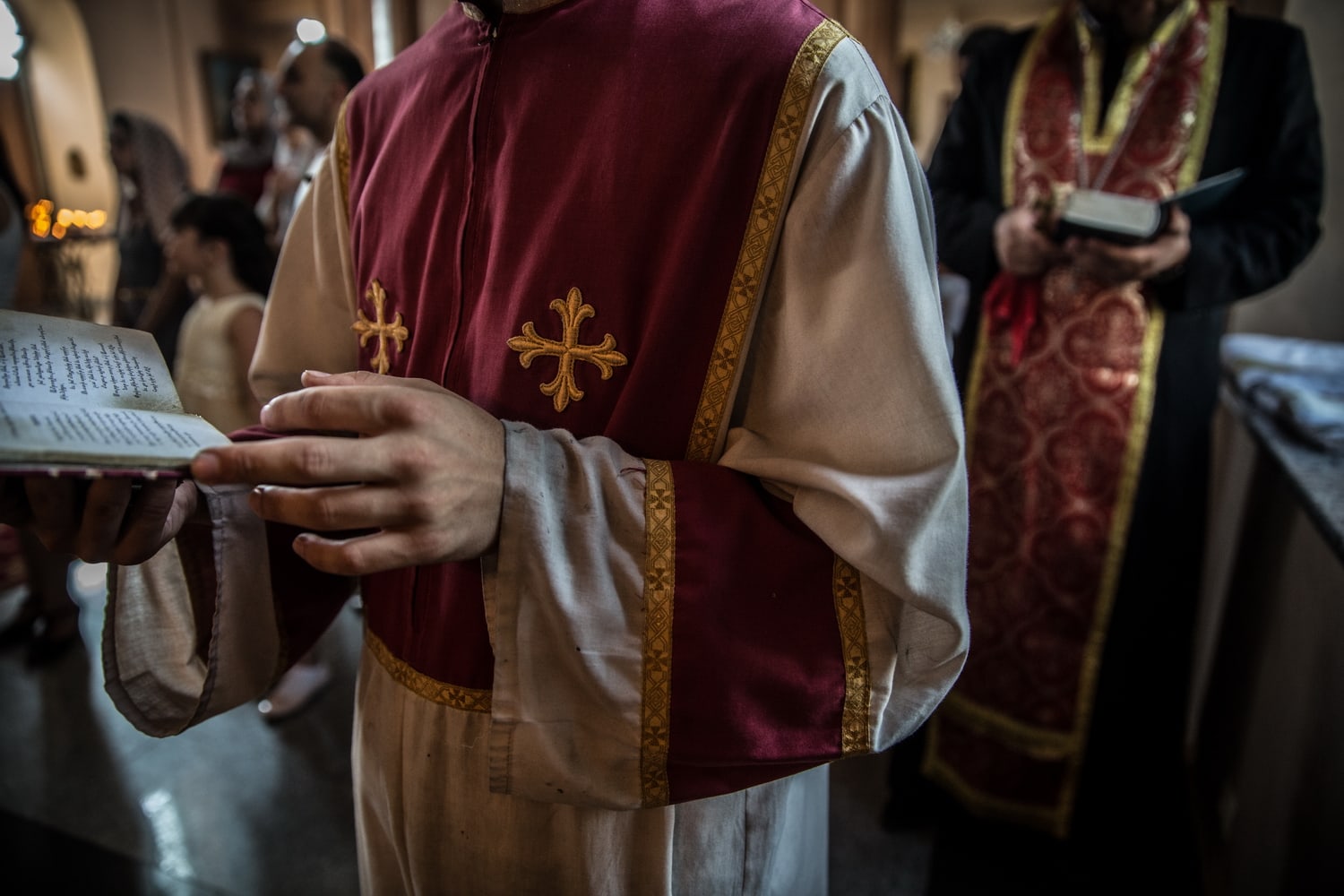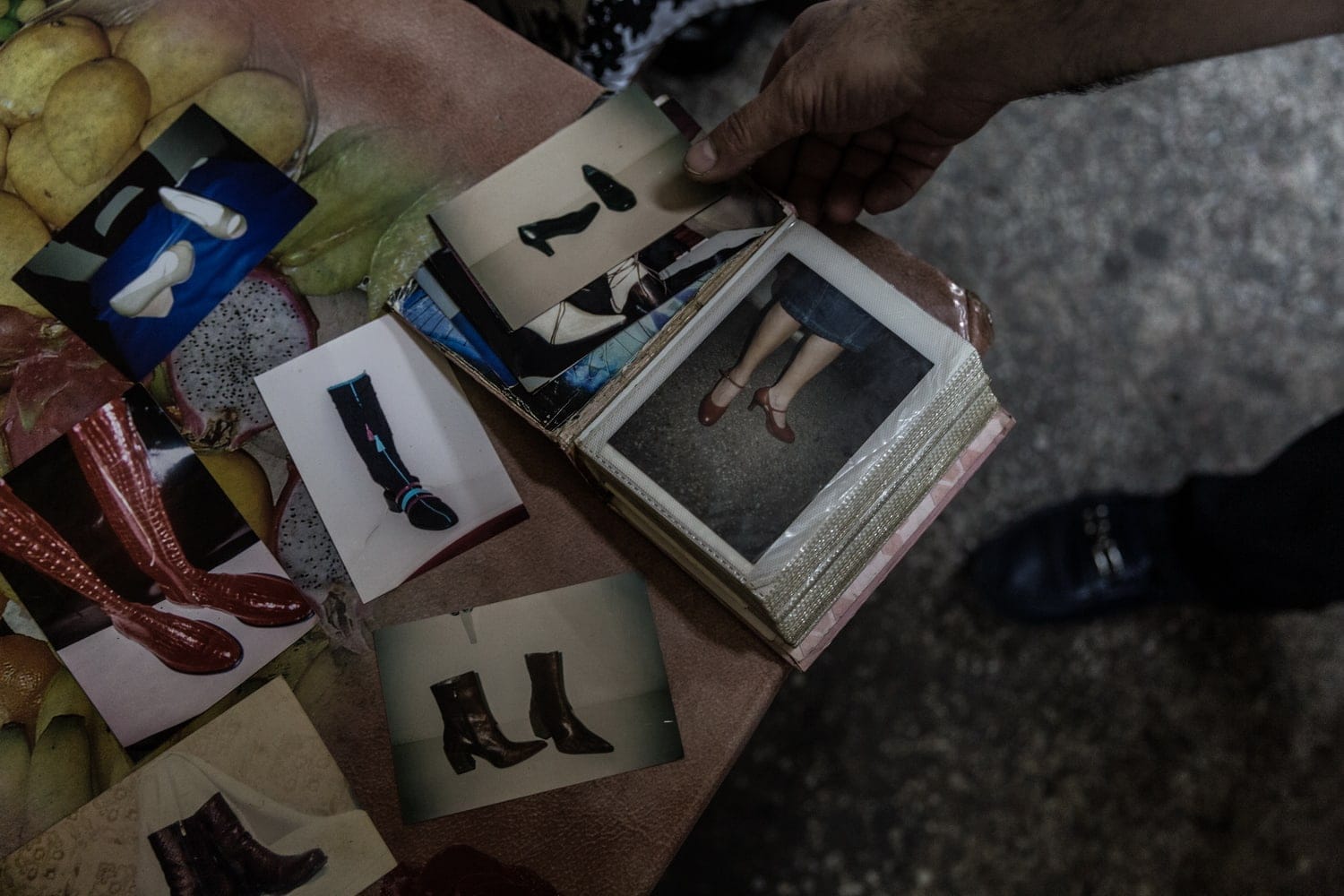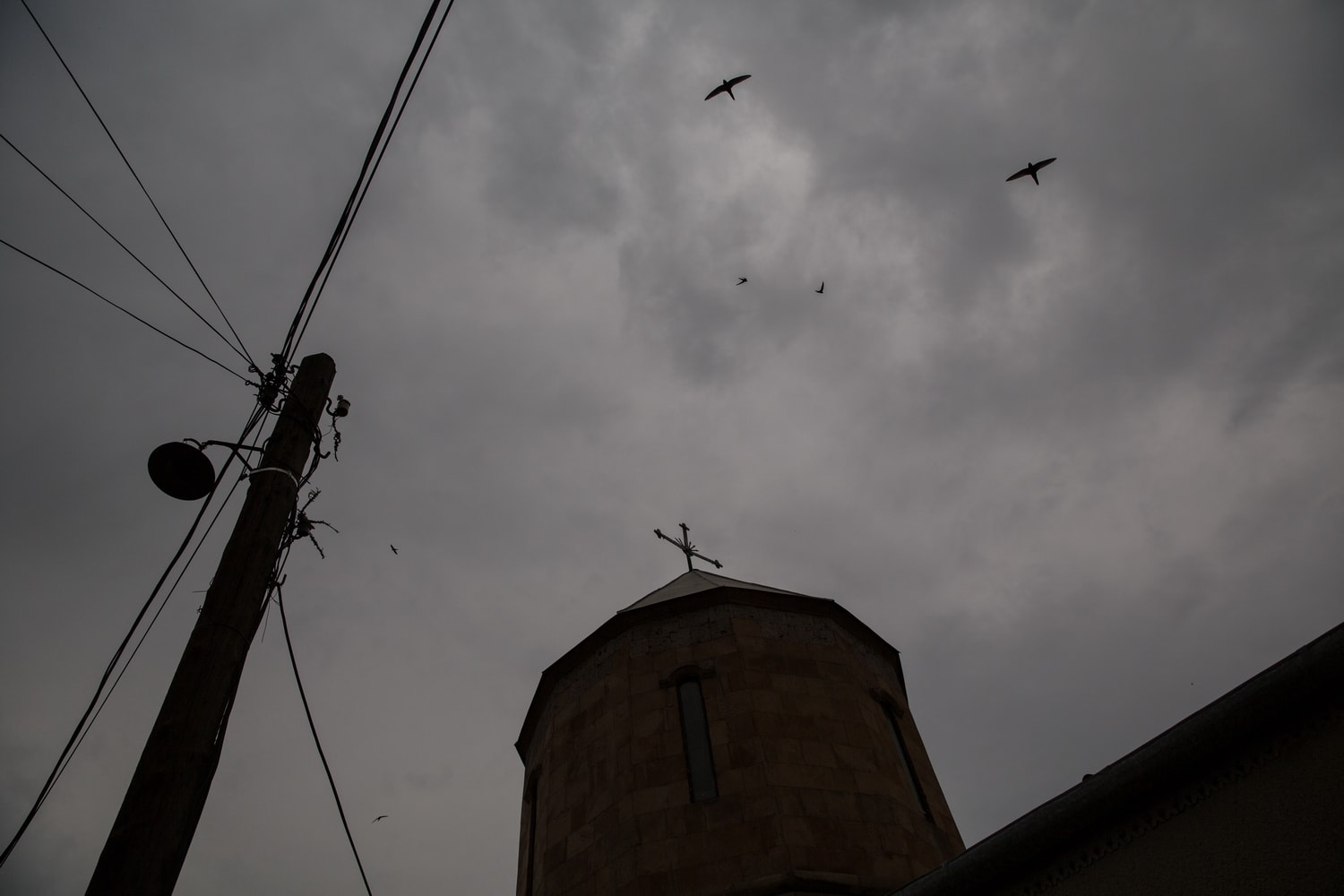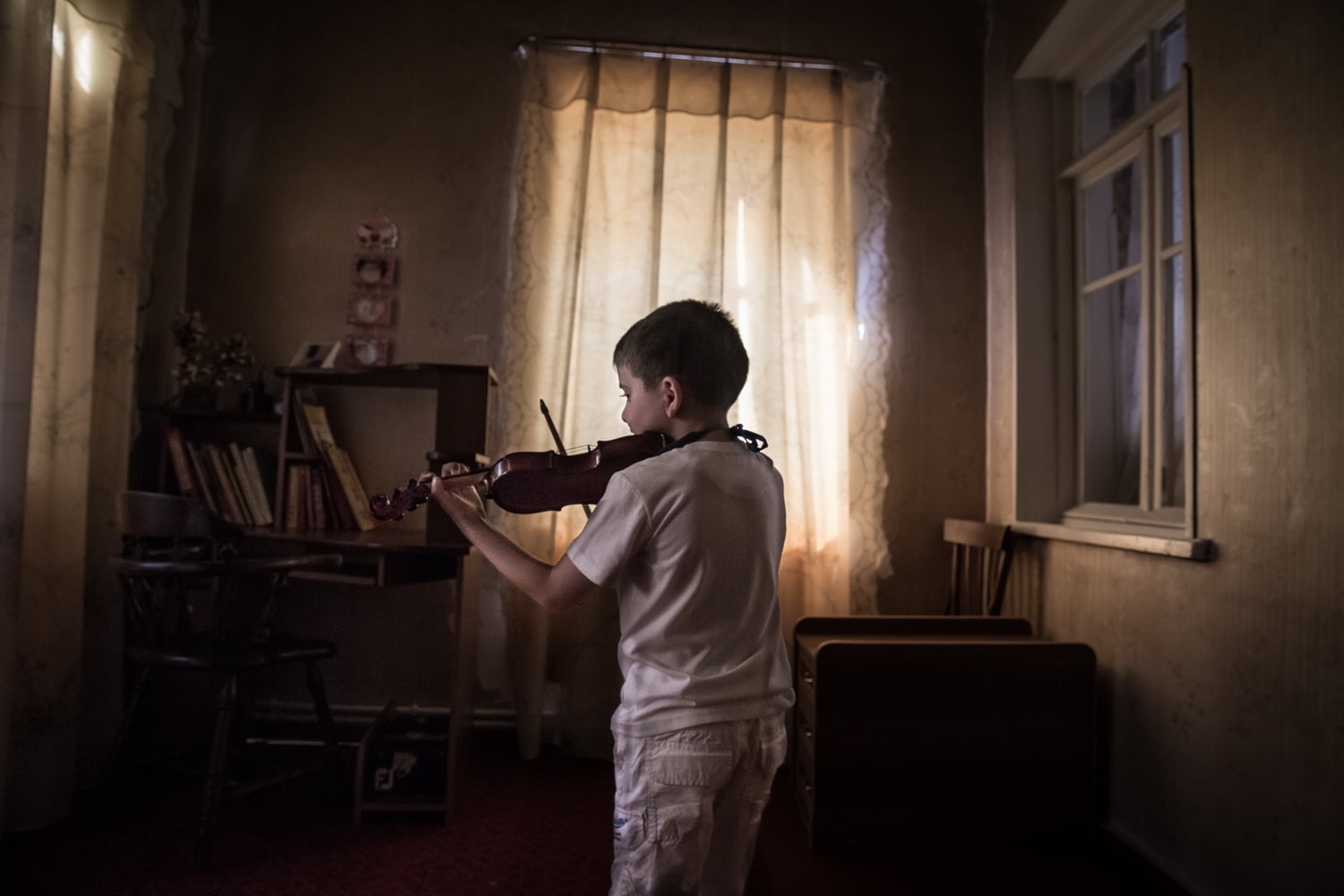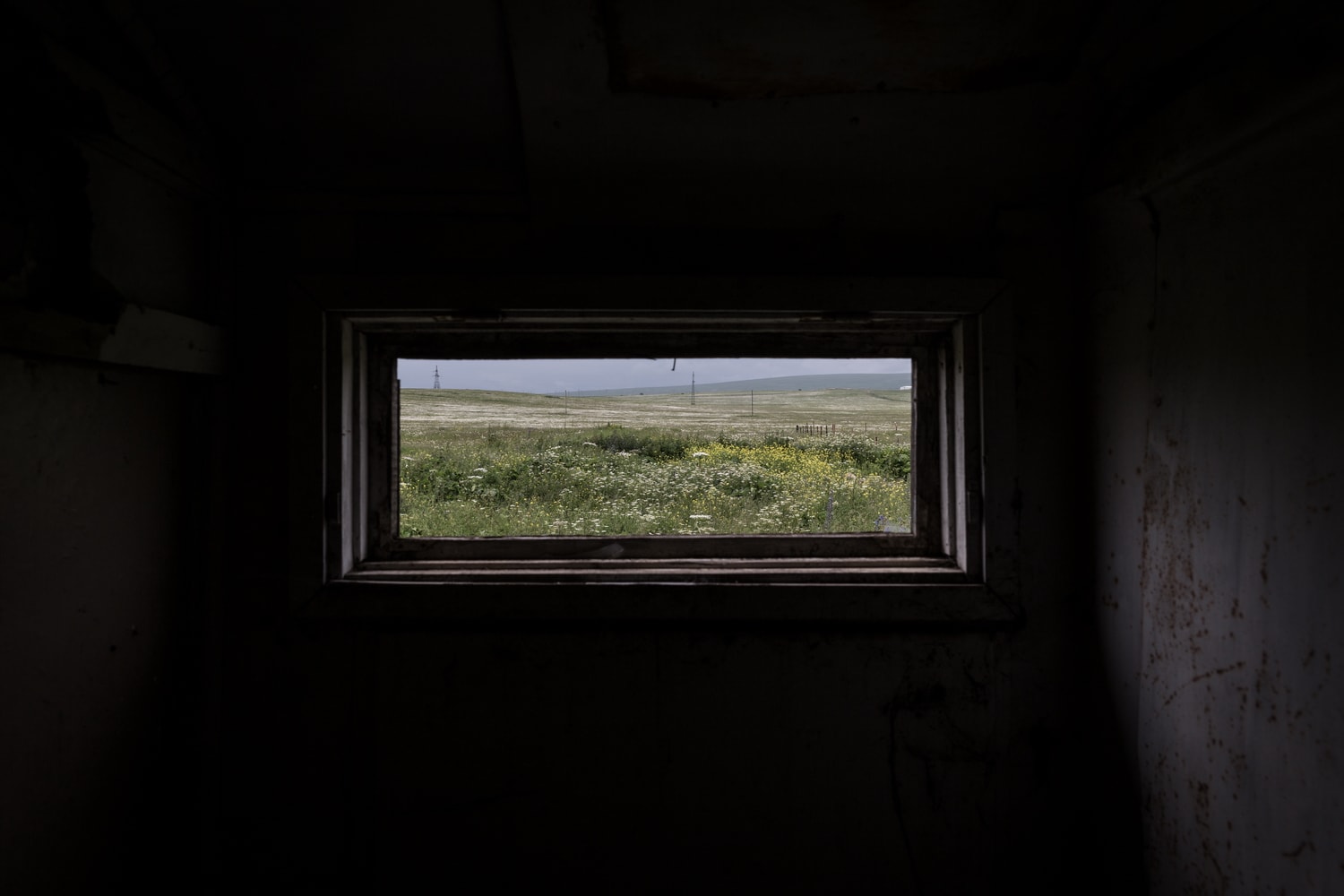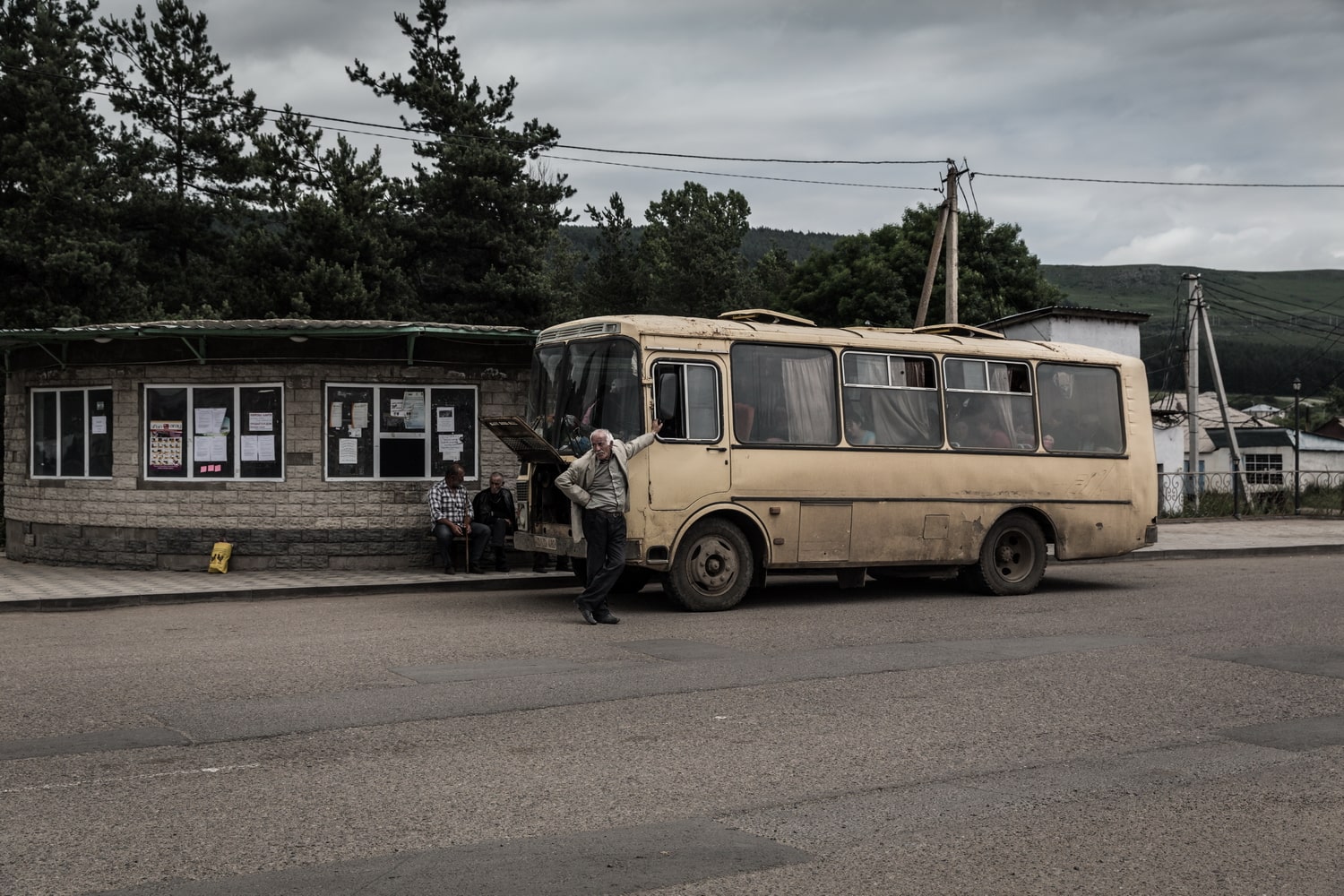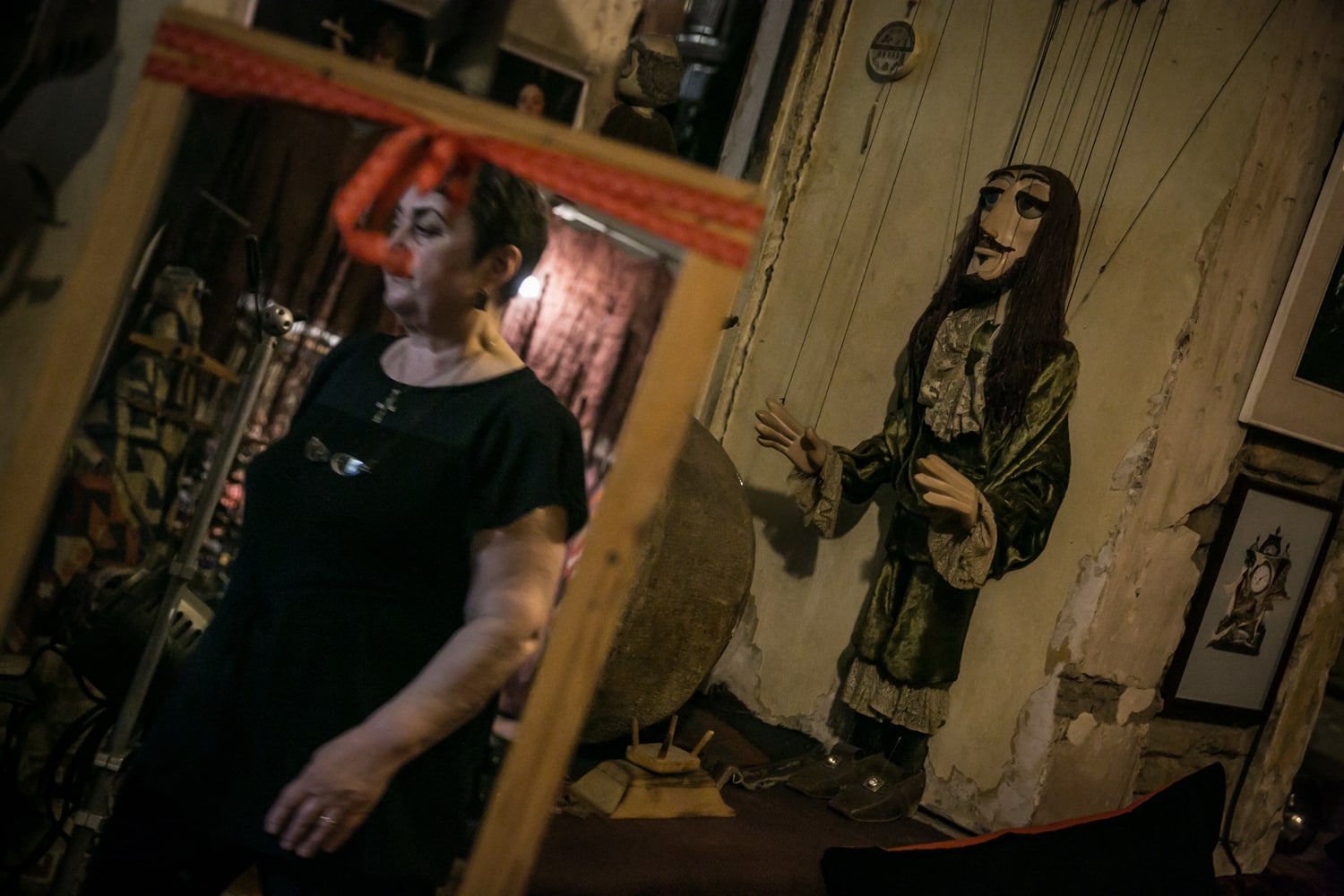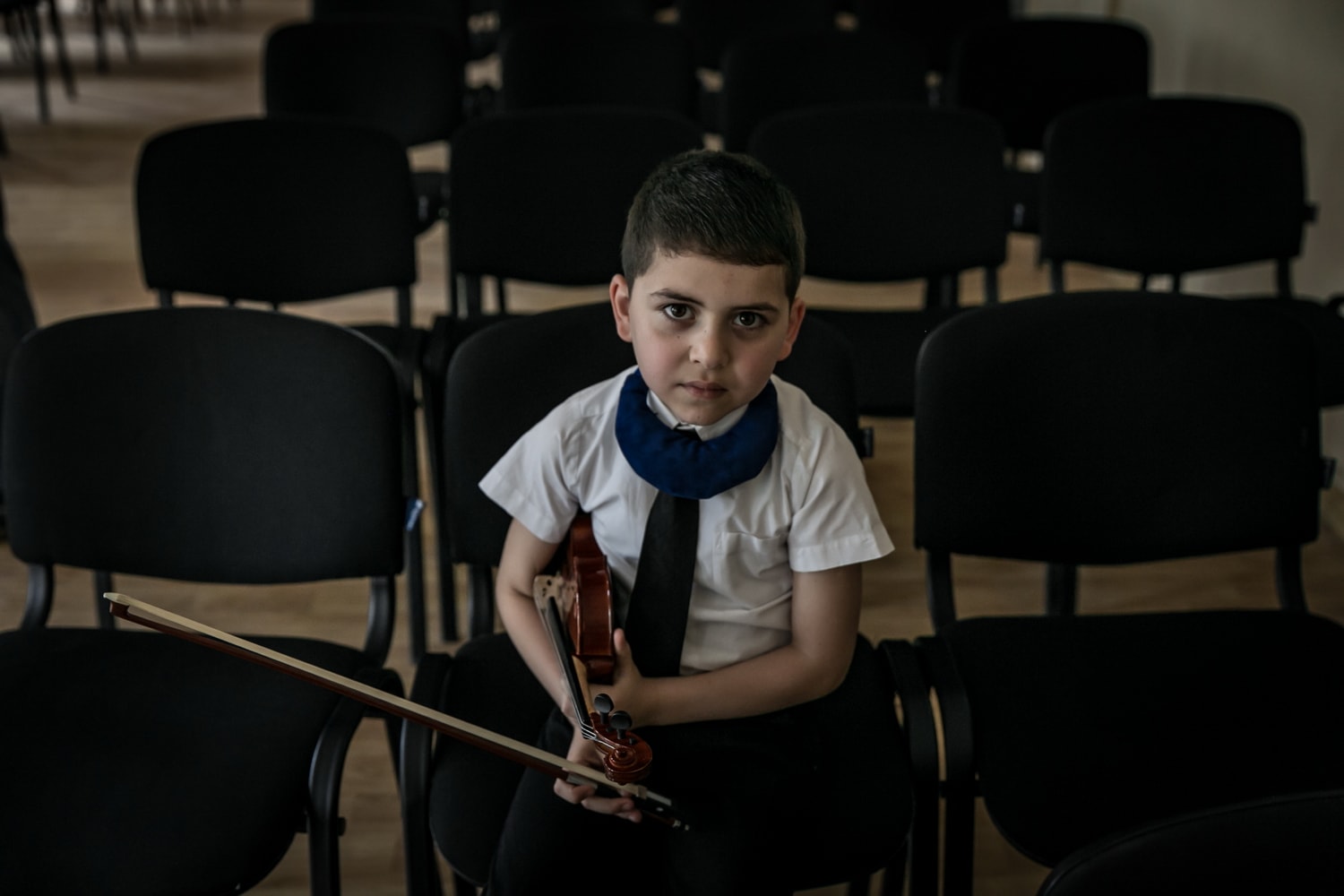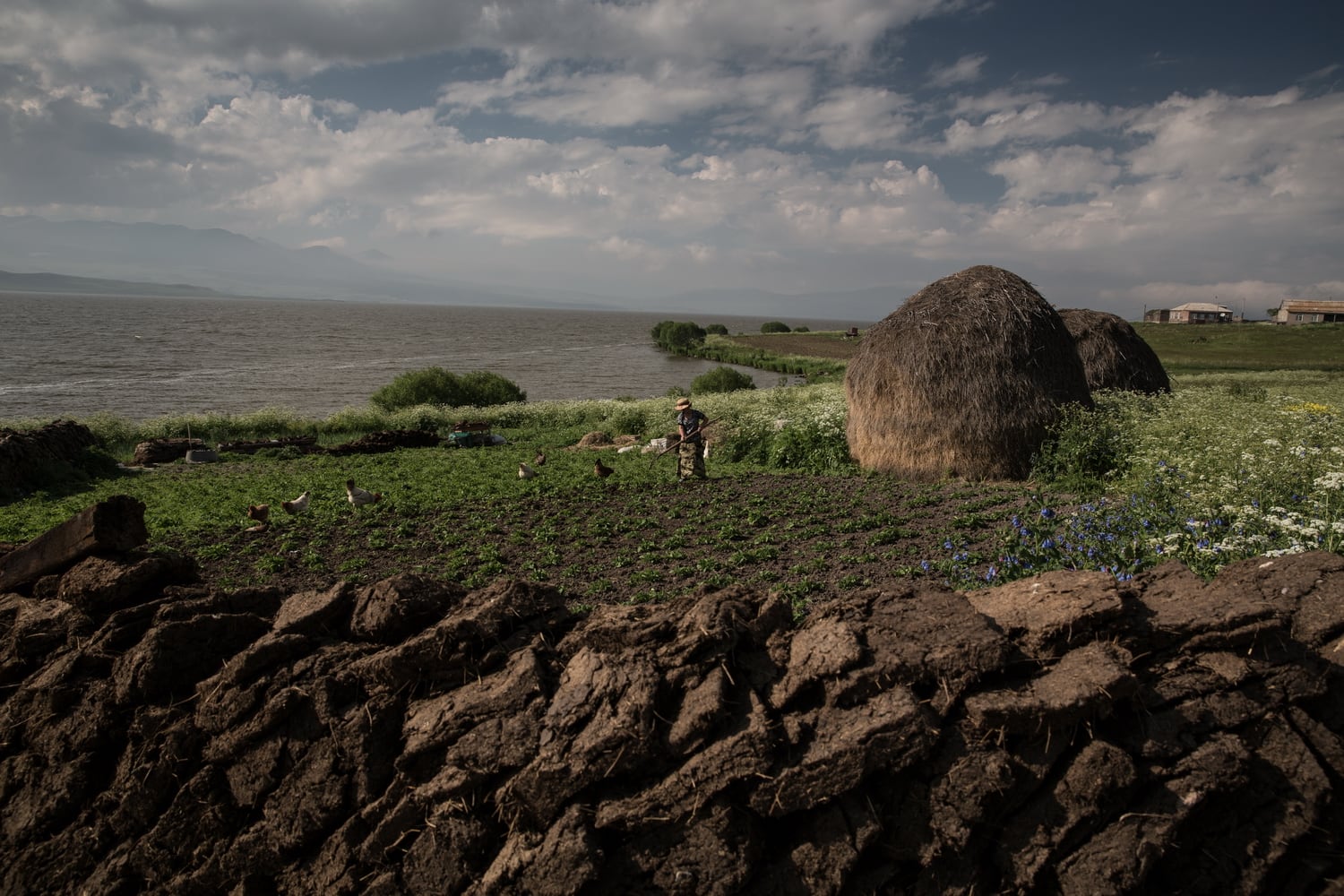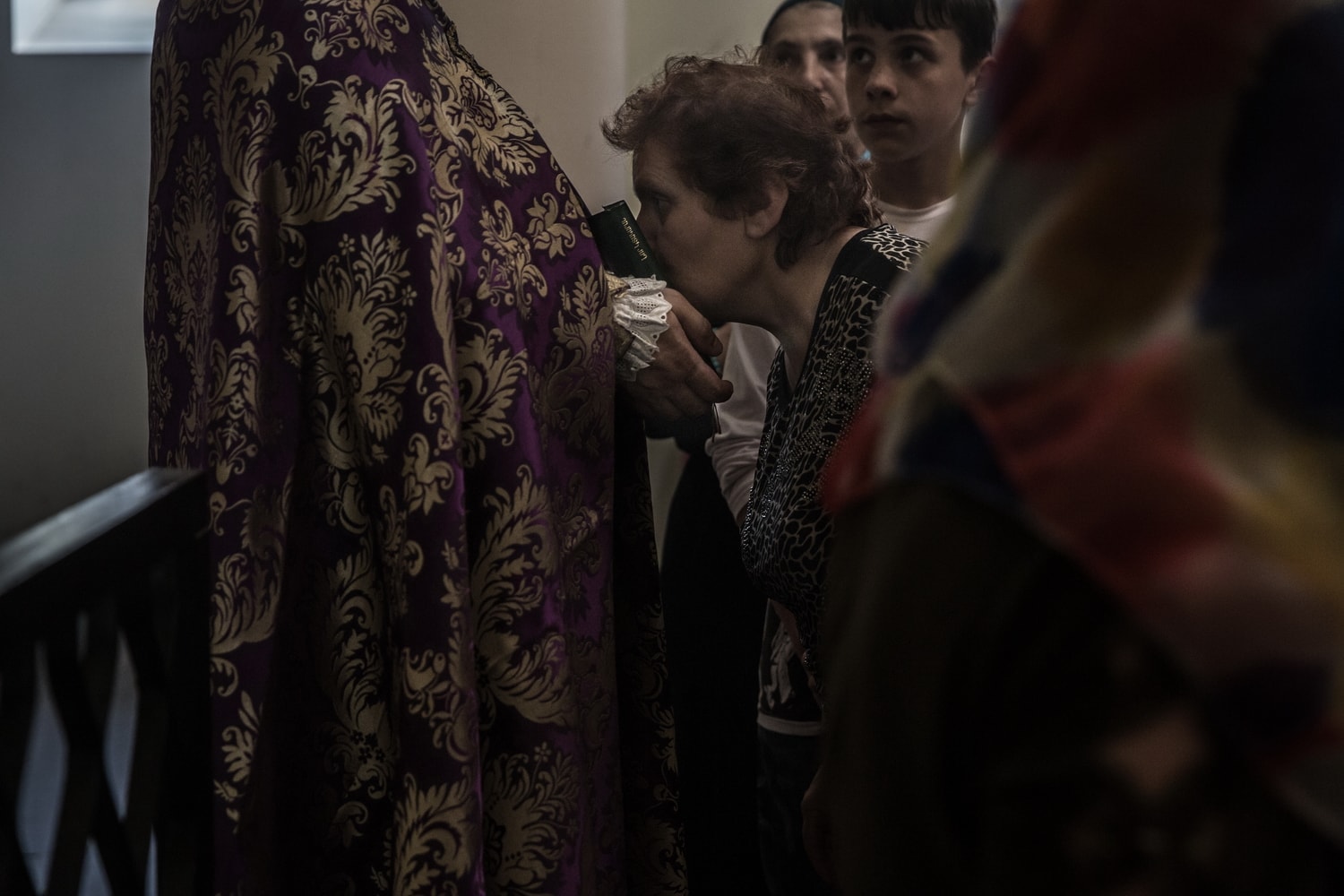Armenians made in Georgia – (Extended)
Project Location | Tbilisi, Georgia, Europe
Production Date | 2018-05-11
The first small Armenian community in Georgia dates back to the end of the 6th century and the beginning of the 7th century. The migration of Armenian population to the Georgian lands begun in the Middle Ages though, during the Muslim rule of Armenia. Back then, Armenians formed already the single largest group of the Tbilisi‘s population in the 19th century. In that period, due to the contribution of intellectual and business men, the Georgian capital flourished both culturally and economically, Not surprisingly, the city became the center of cultural life of Armenians in the Russian Empire from early 19th century to early 20th century. The persecution in the Ottoman Empire and Persia - ended up into the Armenian genocide - caused a jump in the Armenian population until it reached about 40% of the city total. As of today, Armenians are still the largest ethnic minority in Tbilisi and have left an incredibly rich cultural and architectural imprint, especially in Tbilisi itself: much of the old city was in fact built by Armenians.
The vast majority of Armenians in Tbilisi settled in Avlabari, the neighborhood on the east side of the Mtkvari River, directly across from Old Town and Meidan Square. The area has traditionally been home to Tbilisi’s sizable Armenian population: here they erected their own churches and run their business, turning Tbilisi into a metropolis of Caucasus. Despite the acknowledgement of the Armenian legacy remains mostly in the memory of the old generation Armenians, lot is done to not let this being forgotten. This project aimed to document what remains of that culture and how different the situation is for the Armenians living outside the capital.
The Ejmiatsin church in Avlabari, part of the Diocese of Armenian Apostolic Orthodox Church and once national and political center of the stateless Armenian people, is the religious center of the Armenians living in Tbilisi. On top of that, church’s reverends visit regularly the villages in the Kvemo-Kartli region to celebrate mass and support the Armenian communities. The music school in Avlabari, on top of classical and Georgian music, proudly teaches Armenian composers music to the young students attending classes. Painters, puppeteers, shoemakers: all work to keep both memory, art and traditions still alive. Even though ethnic Armenians born in Tbilisi are fully integrated in social life and part of the local culture, the Armenian community keeps doing much to preserve its identity.
In Samtskhe-Javakheti, the southern region bordering on Armenia, one of the country’s poorest, where rural Armenian communities are compactly settled reaching up to 90% of the population in some villages, immigrants’ conditions are different. Once Samtskhe-Javakheti's dominant ethnic group, Georgians now represent a minority there. In fact, the majority of the population does not know Georgian language: many studied in Soviet times, when Georgian language wasn’t taught at all, and when Russian was spoken. This represents an issue for Georgian government, lacking Georgian language speaking personnel to fulfill governmental roles, and for local community, already characterized by extreme poverty and decline in rural production. In need of opportunities, many travel to Russia every year to work as manual laborers.
Therefore, for a number of different reasons, including its geographical location, the Armenian minority has somewhat been left behind in the state-building process, remaining very poorly connected to the rest of Georgia.


